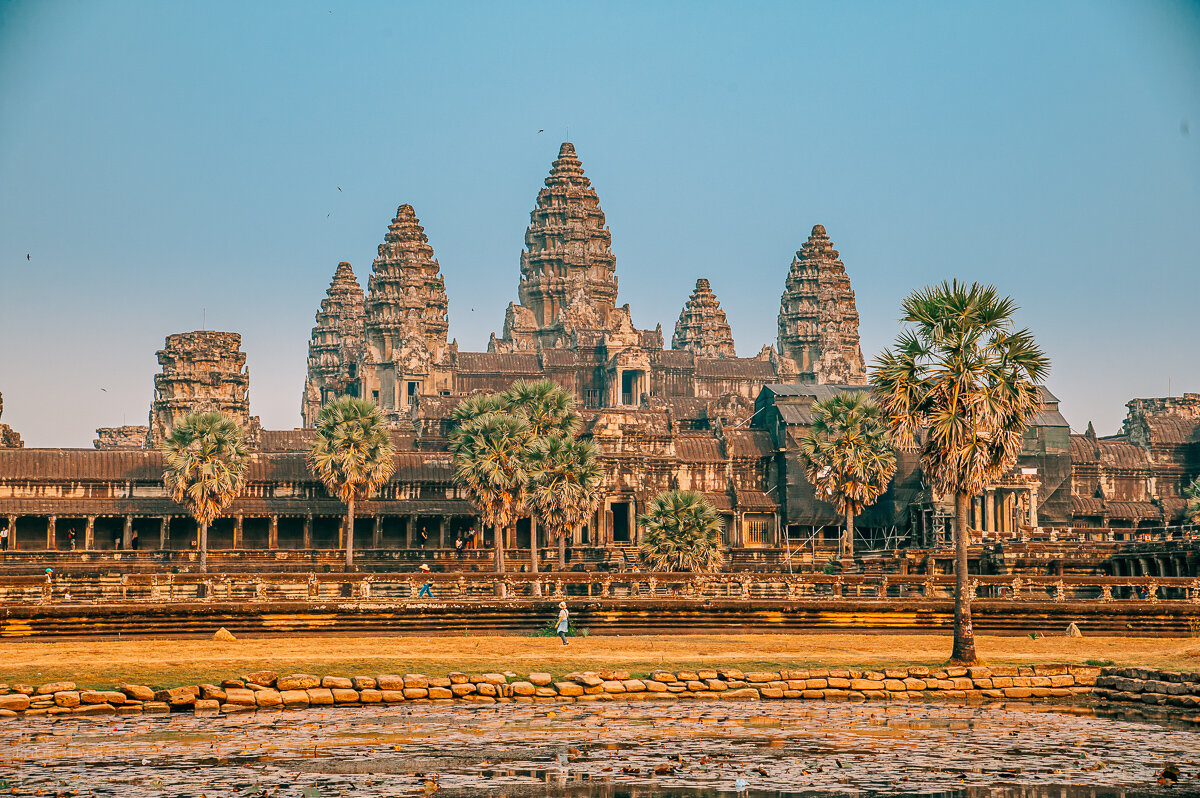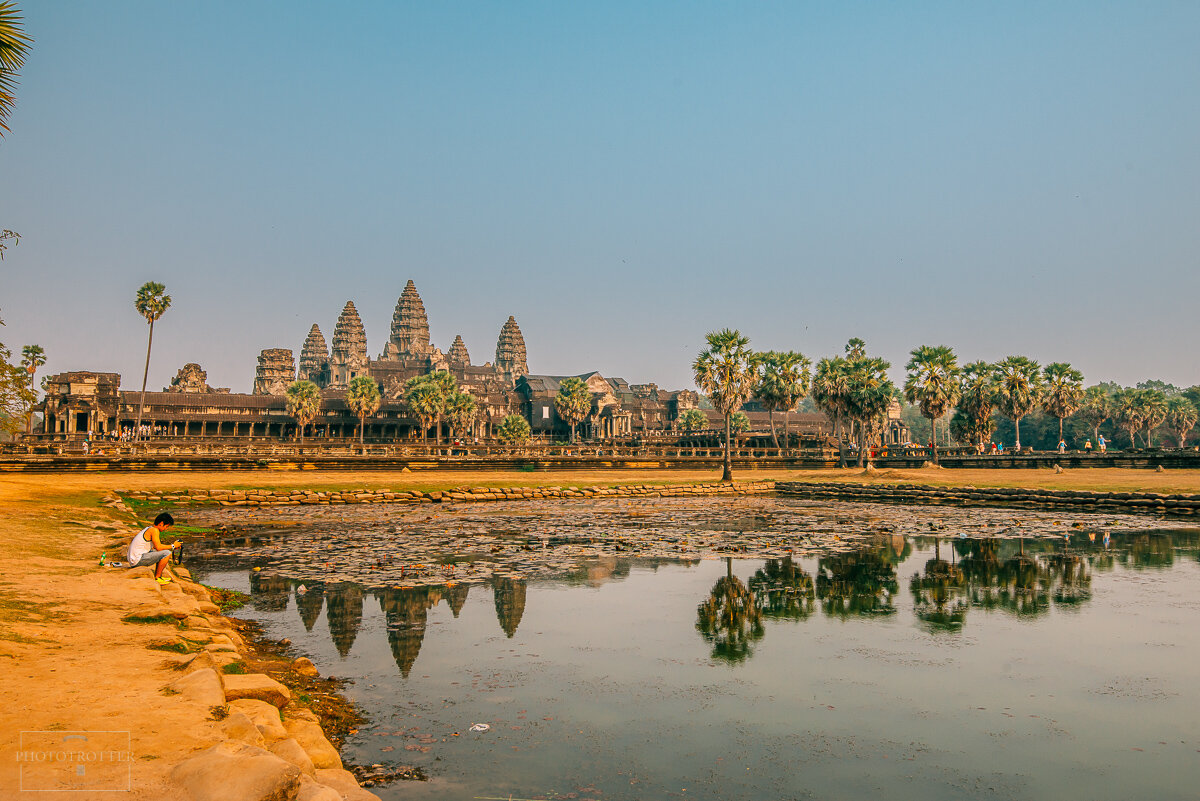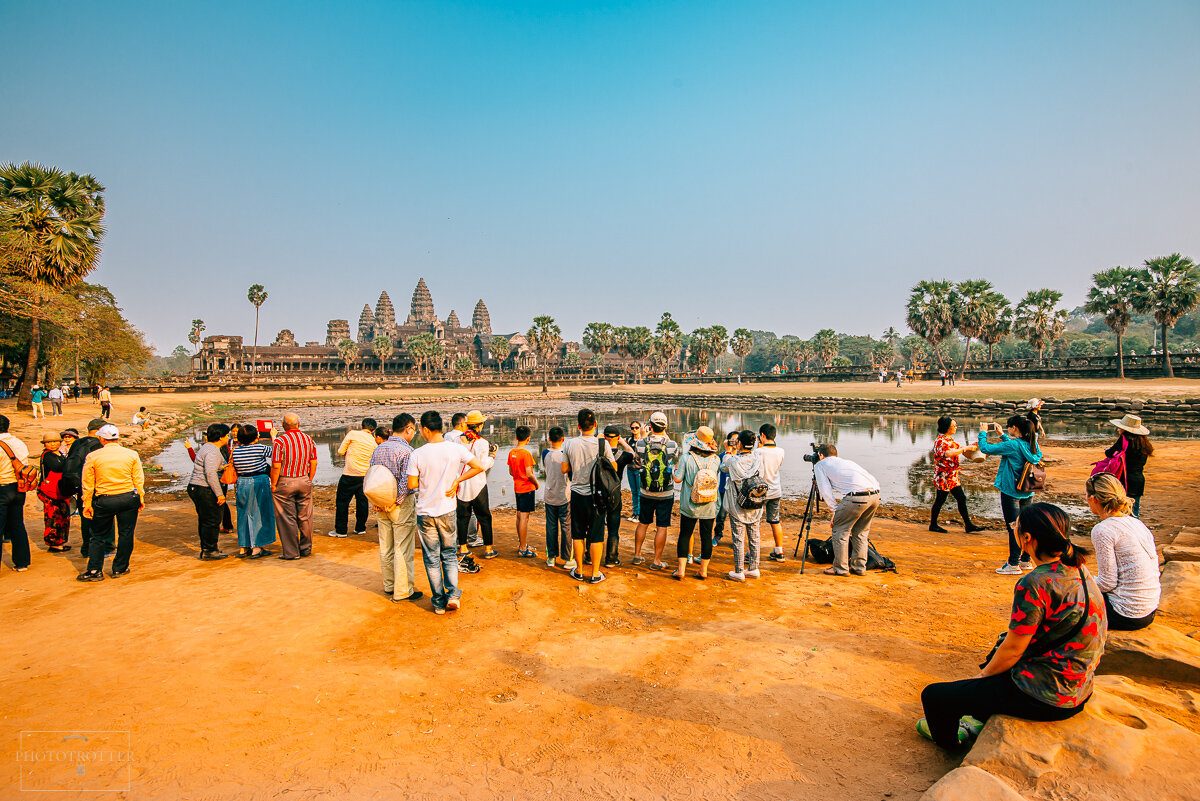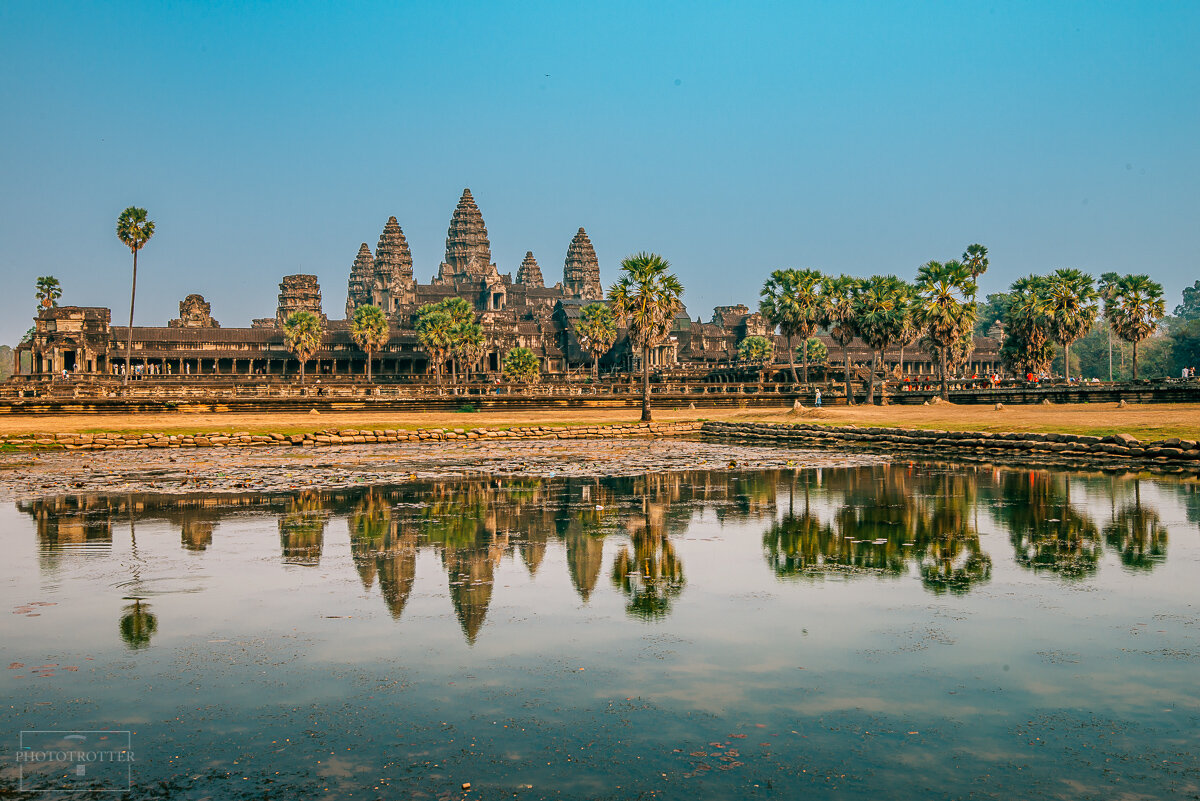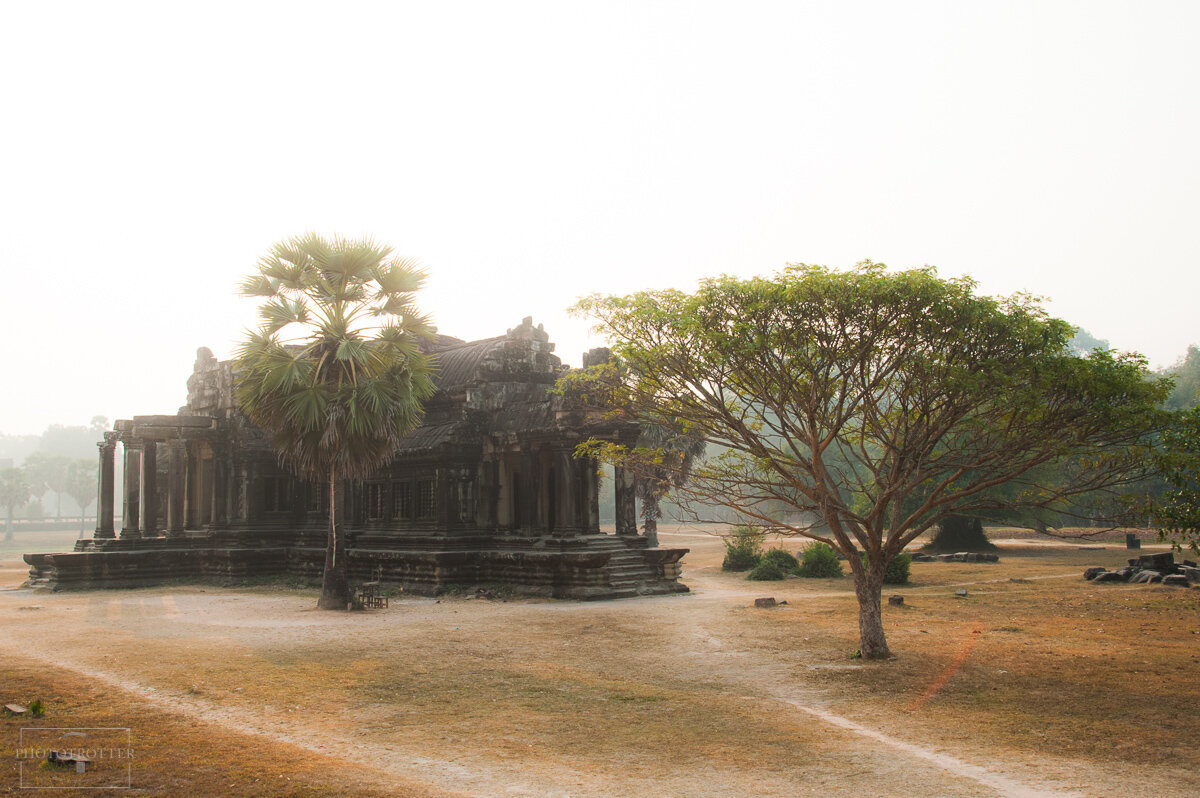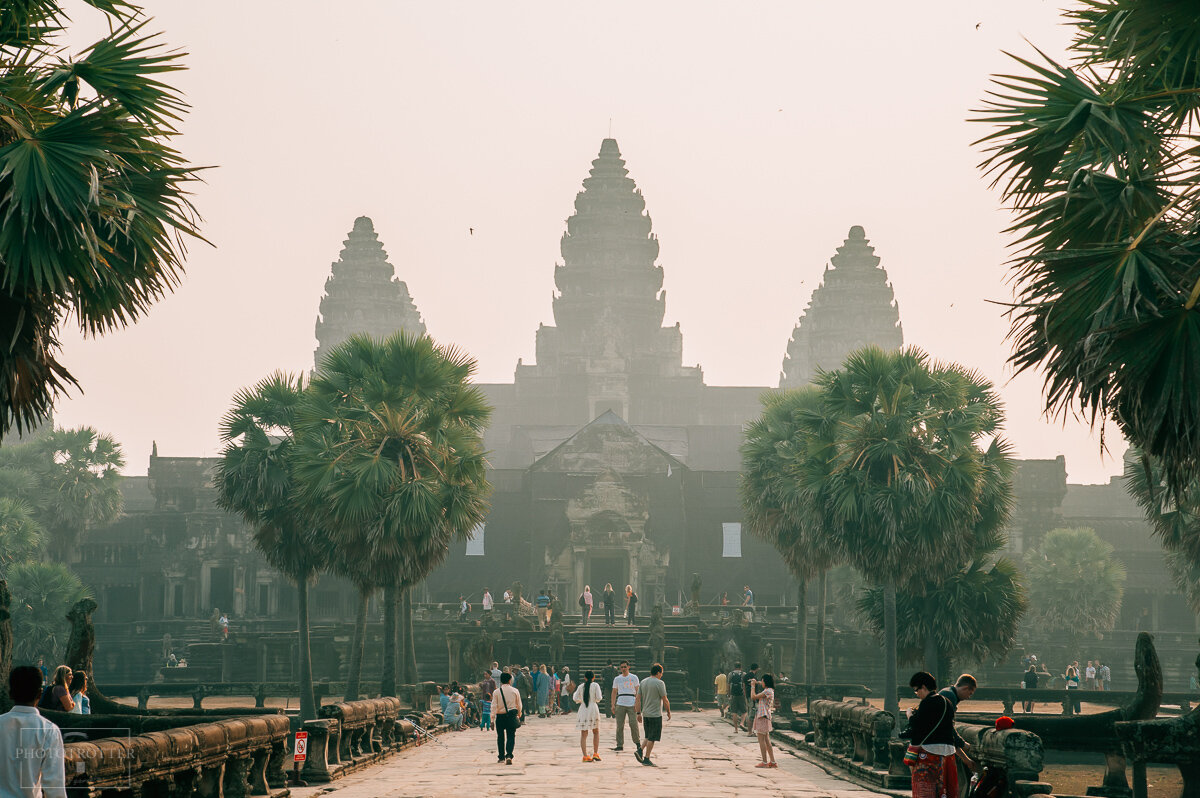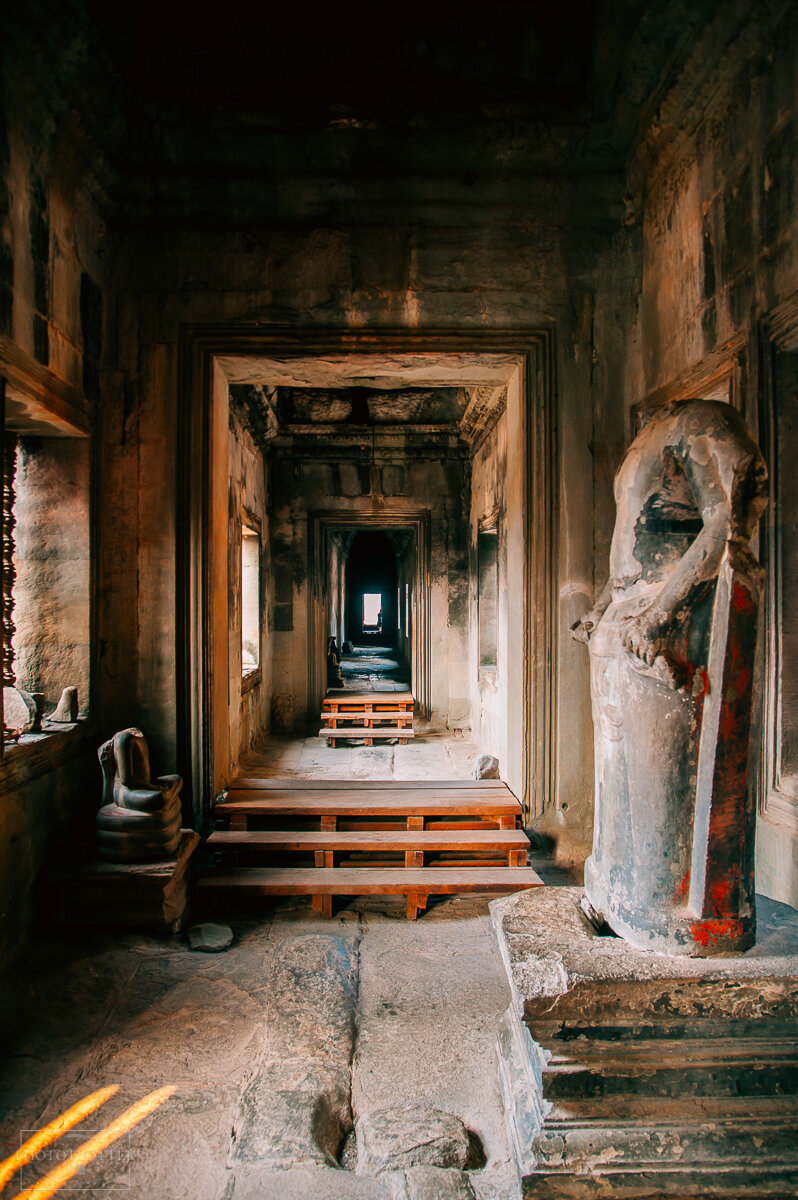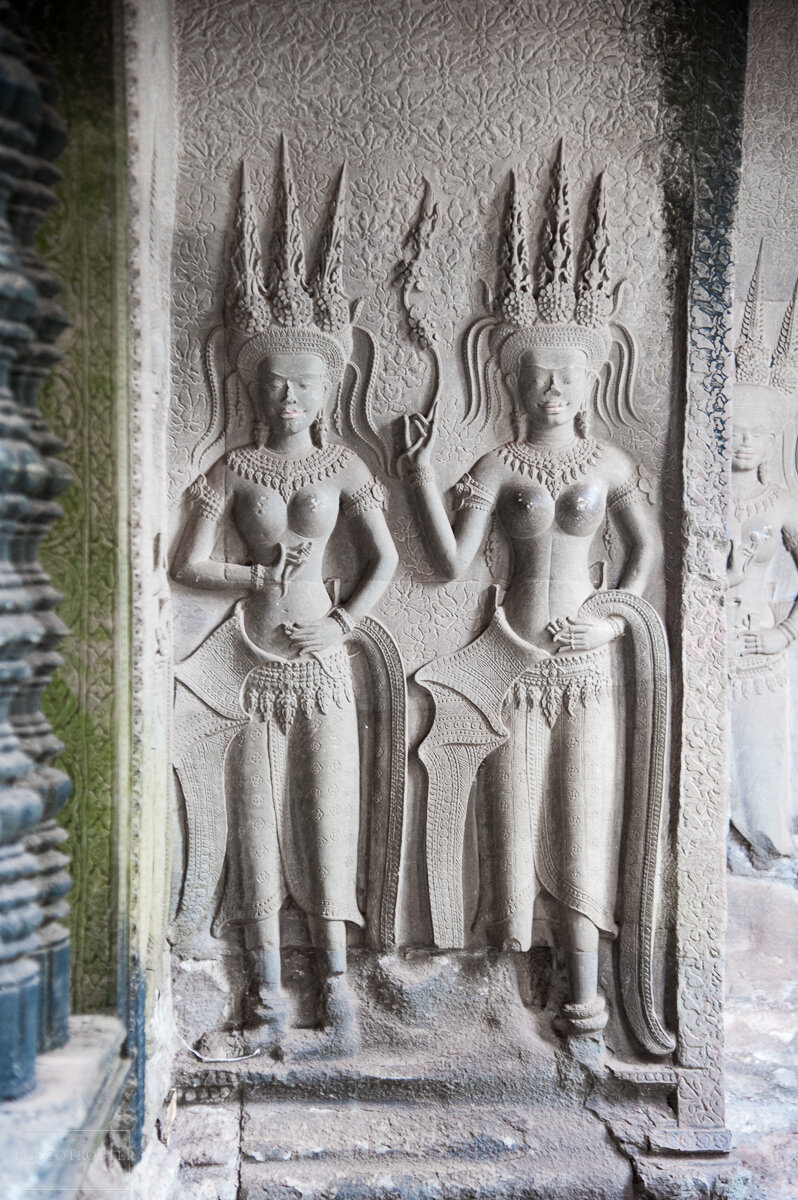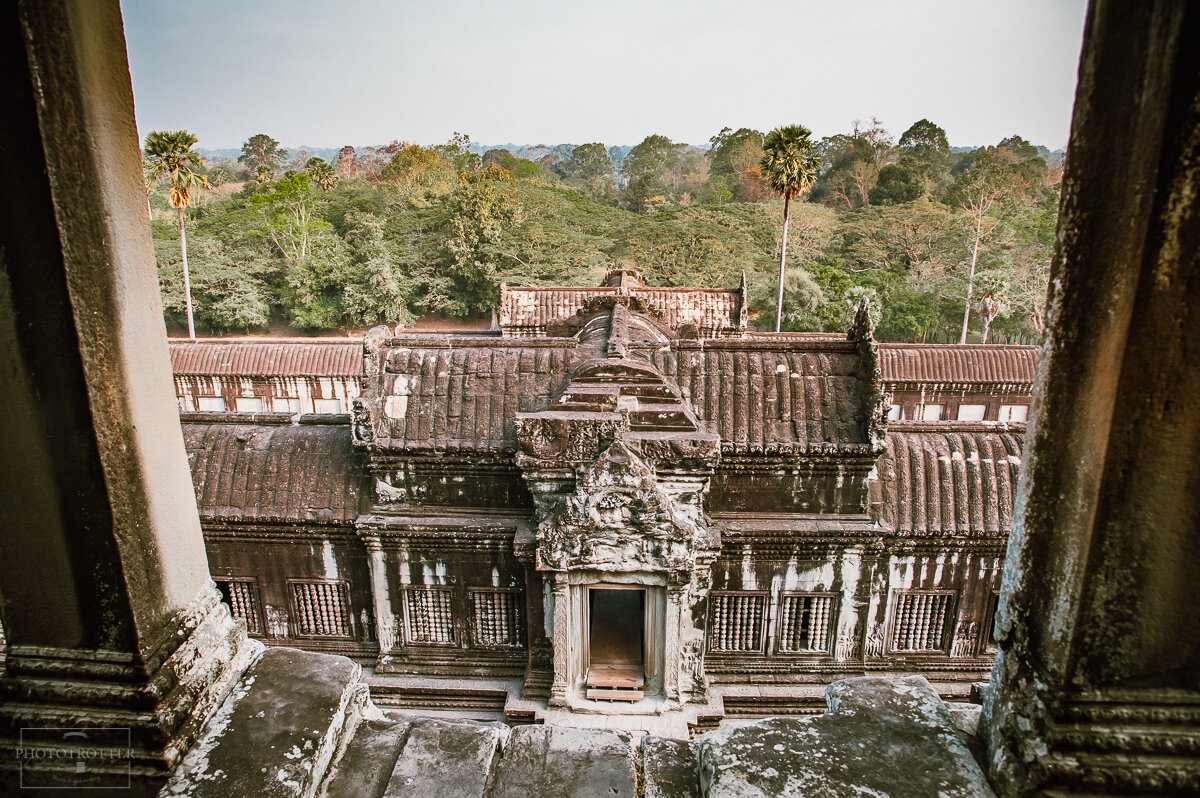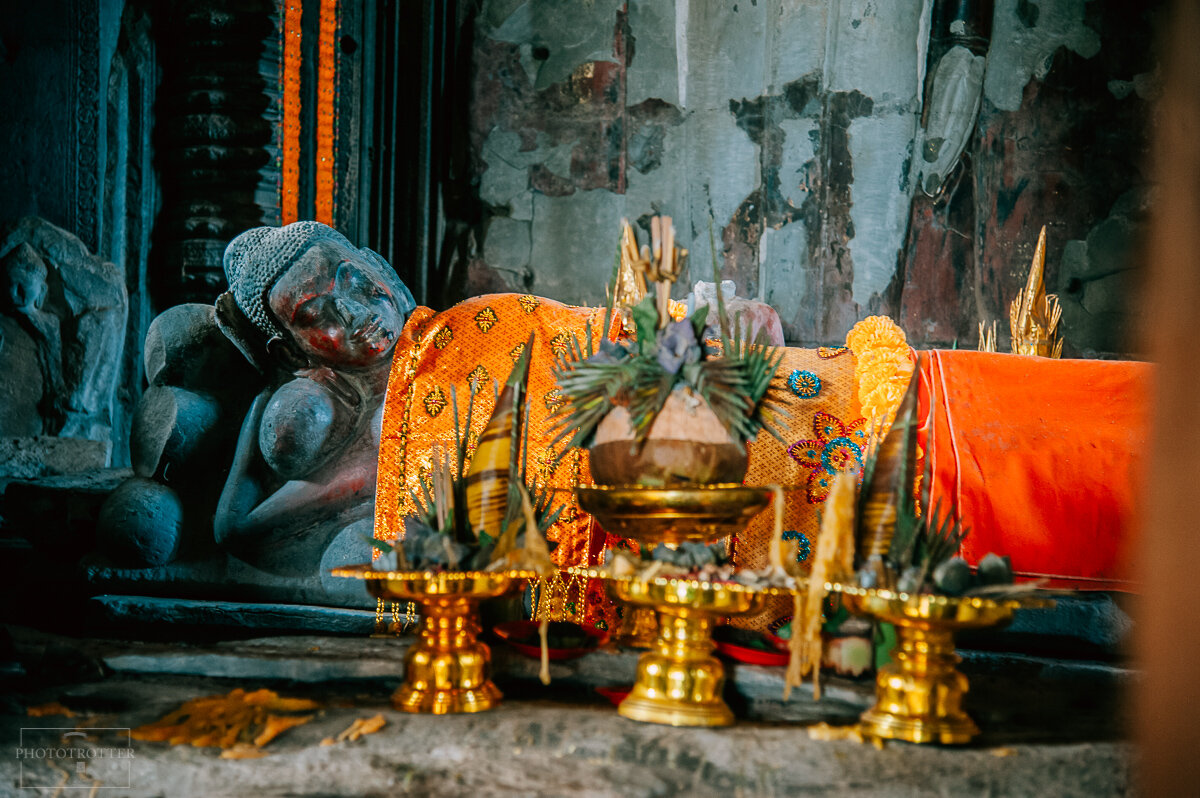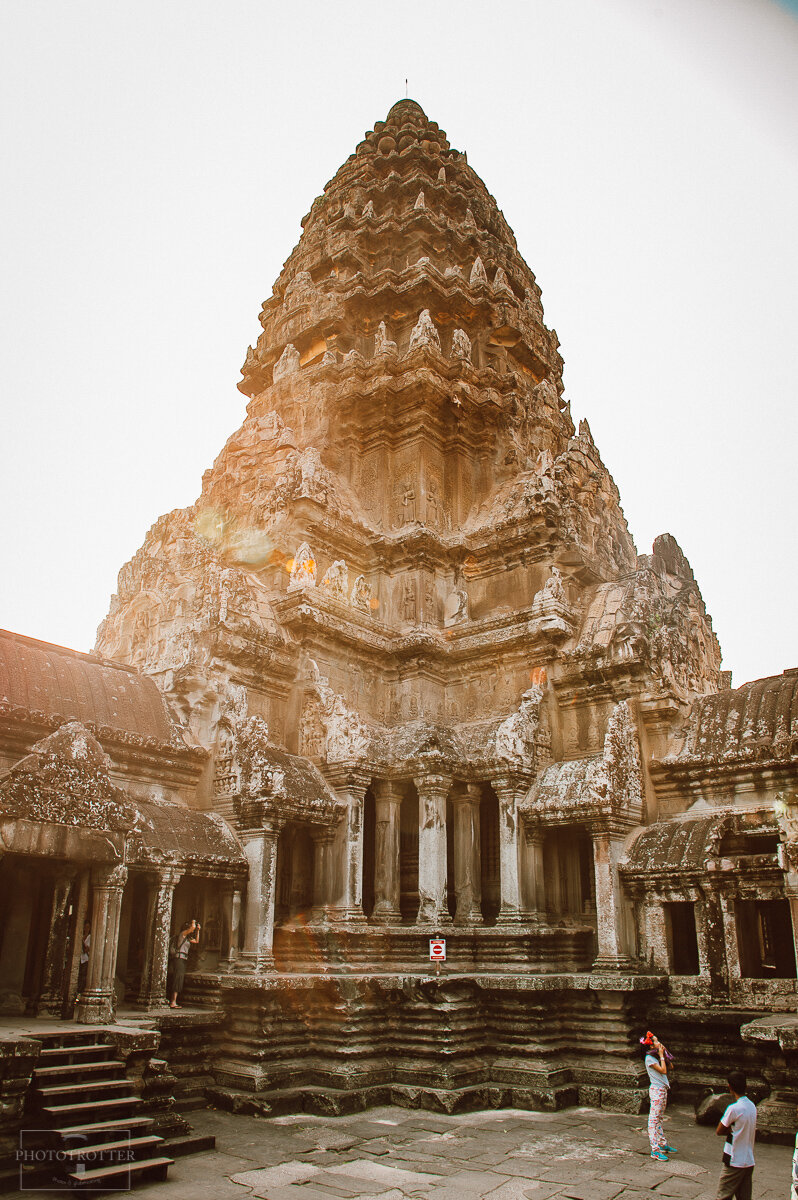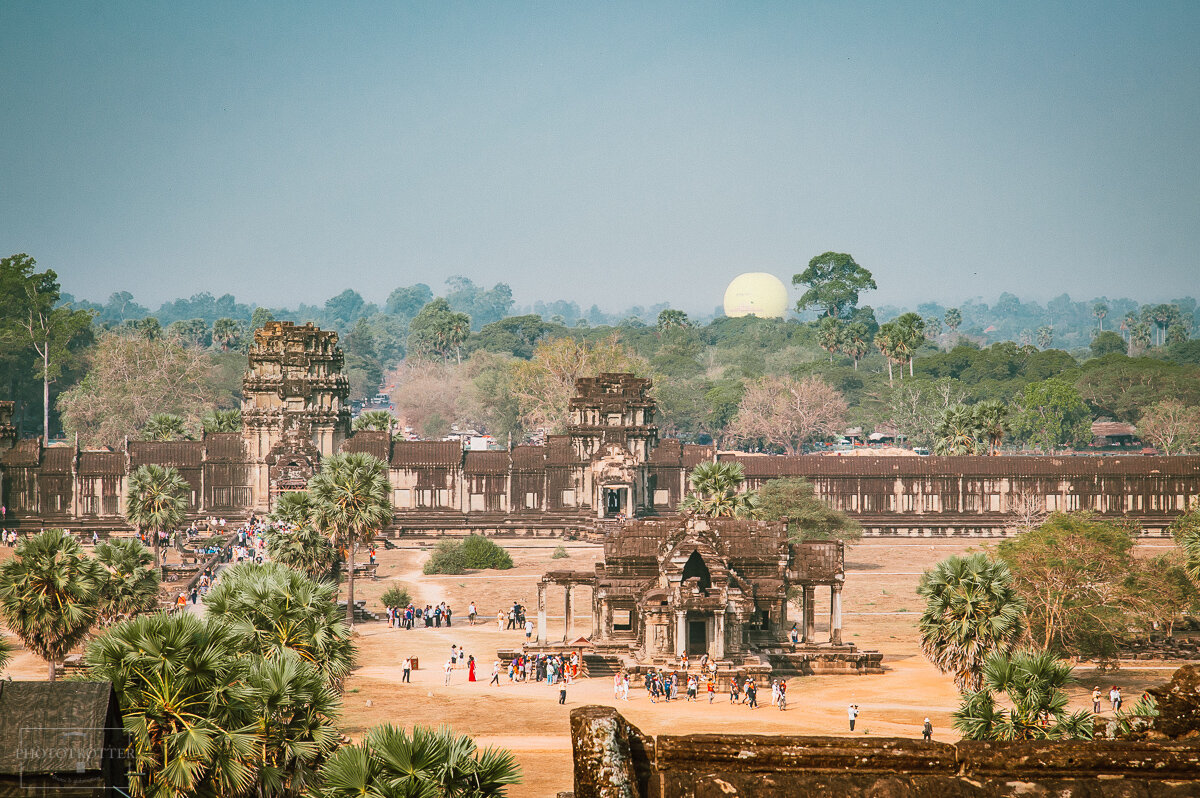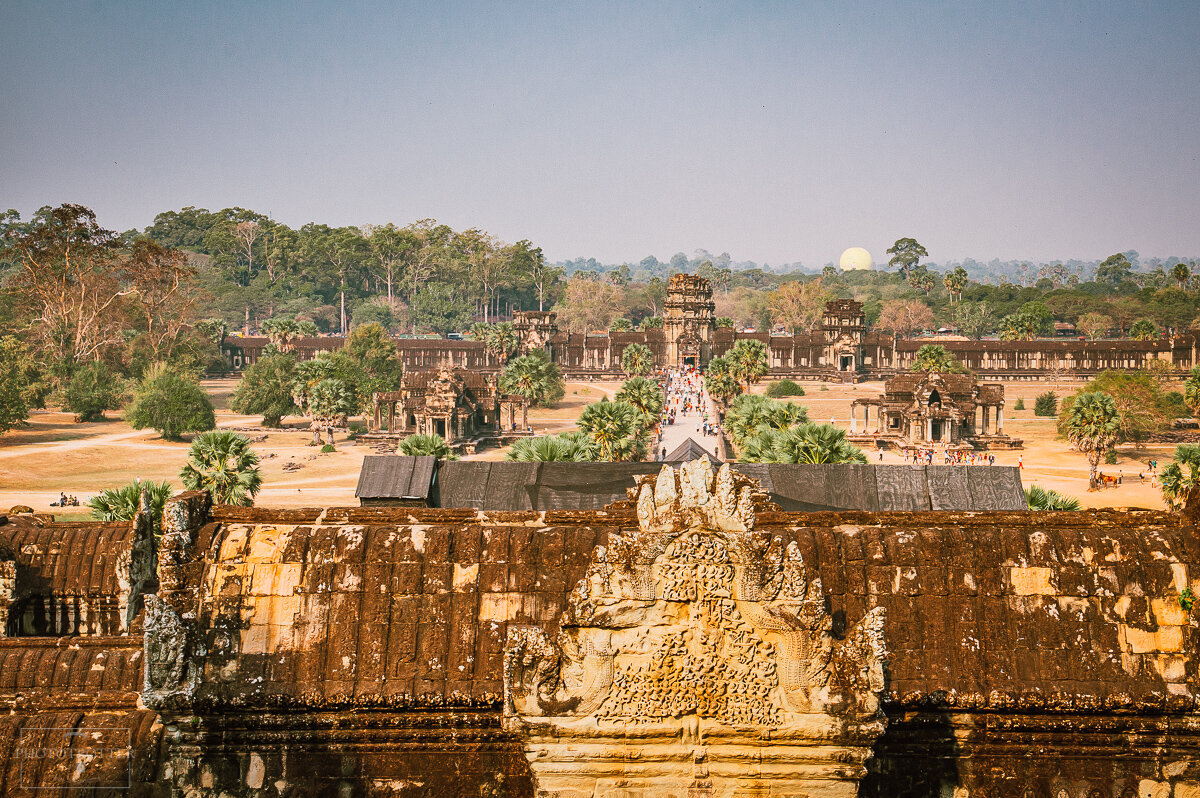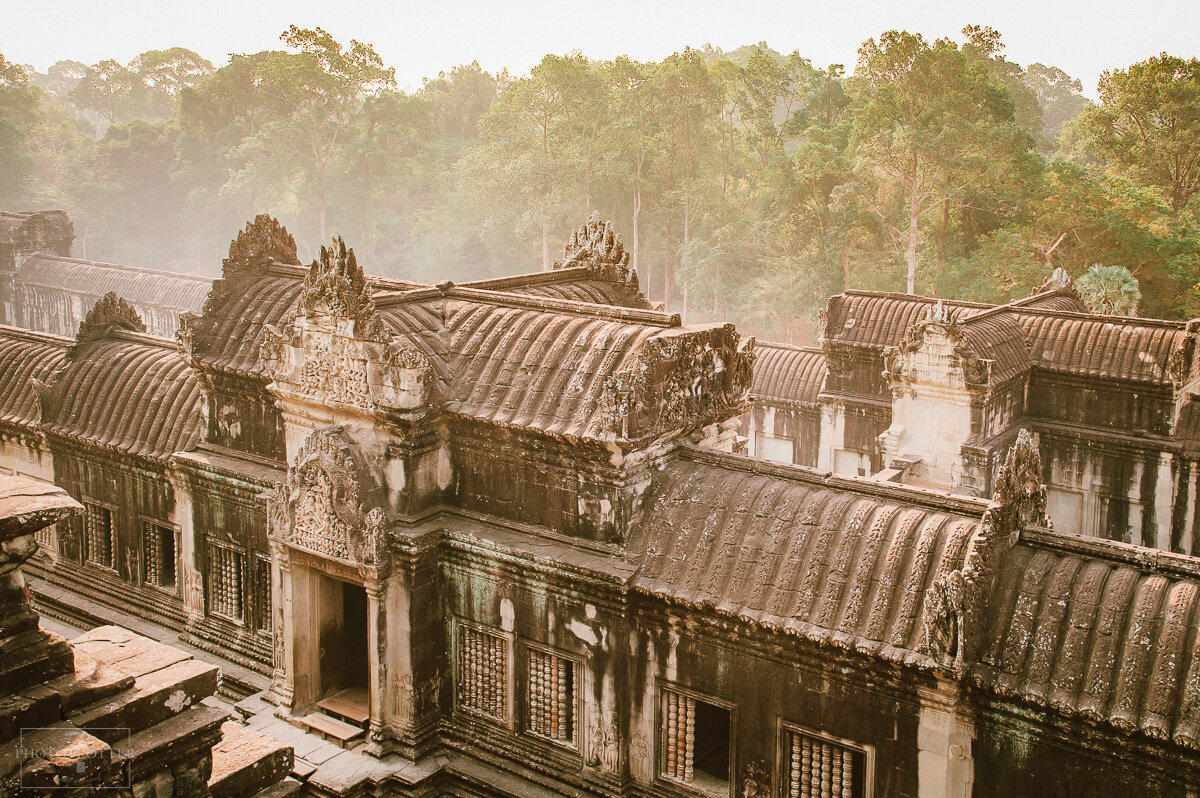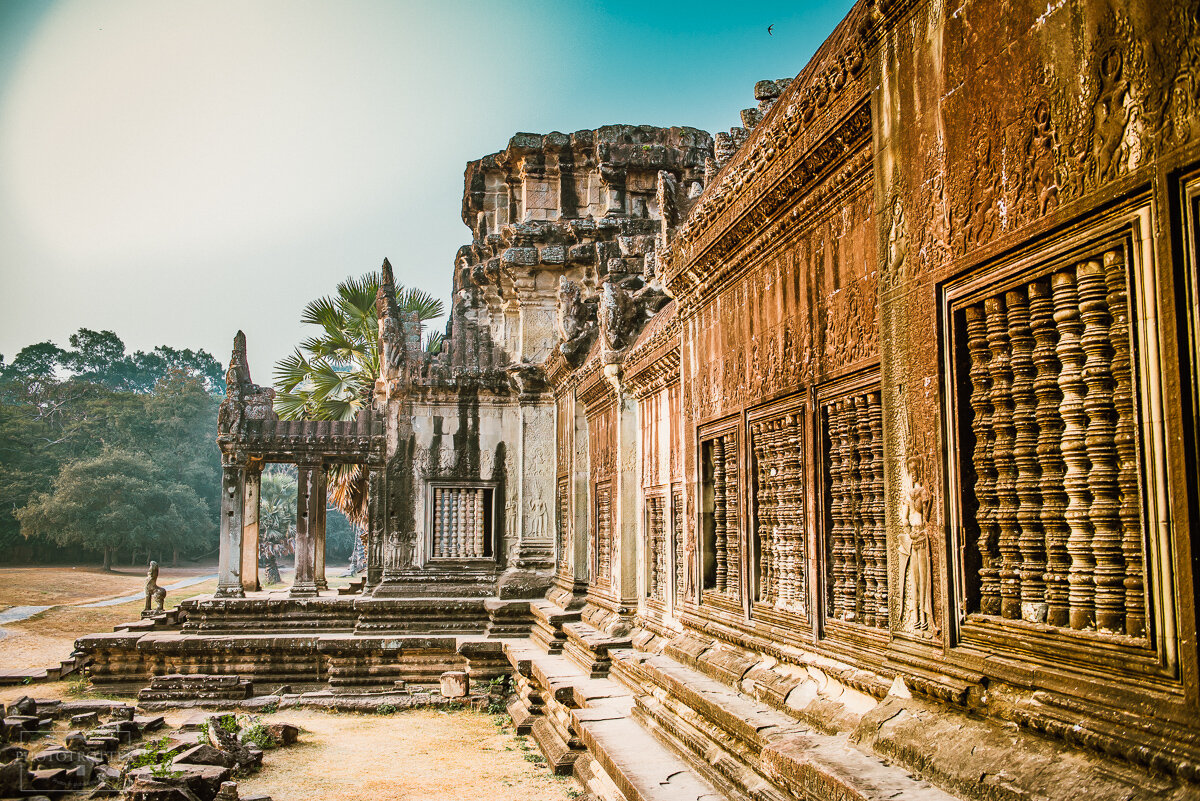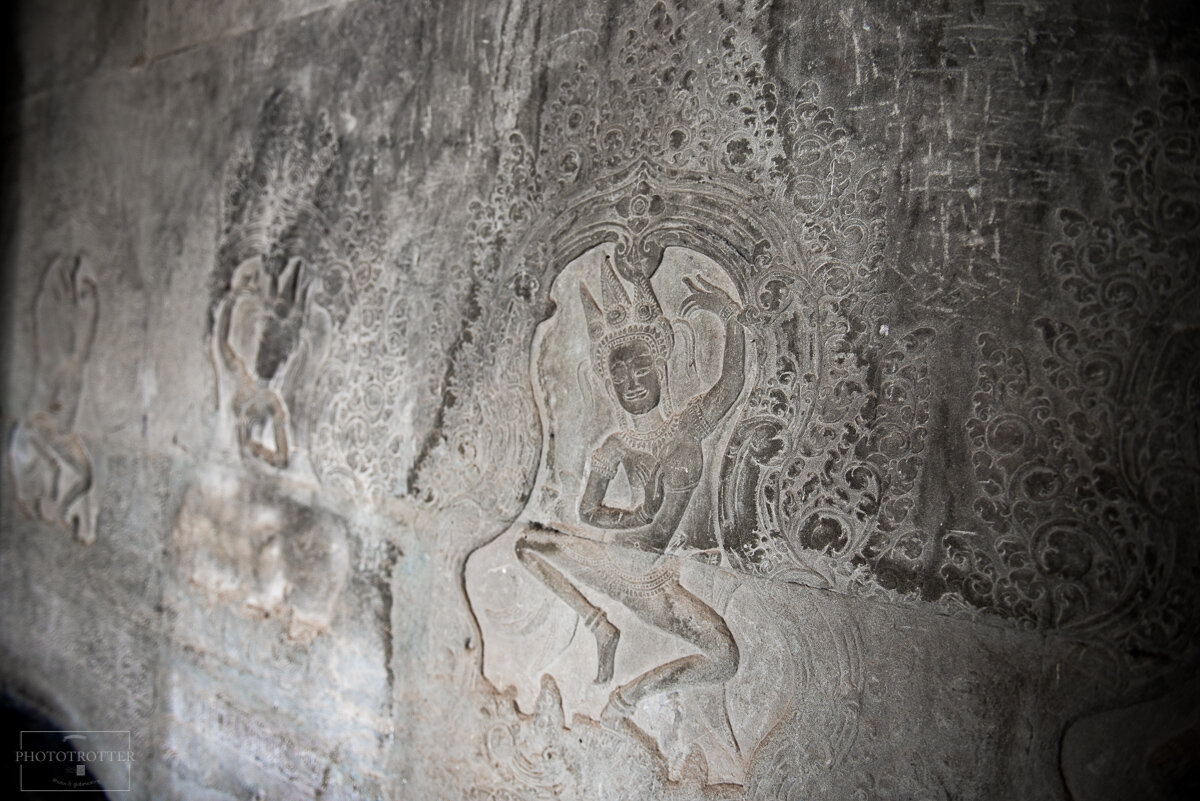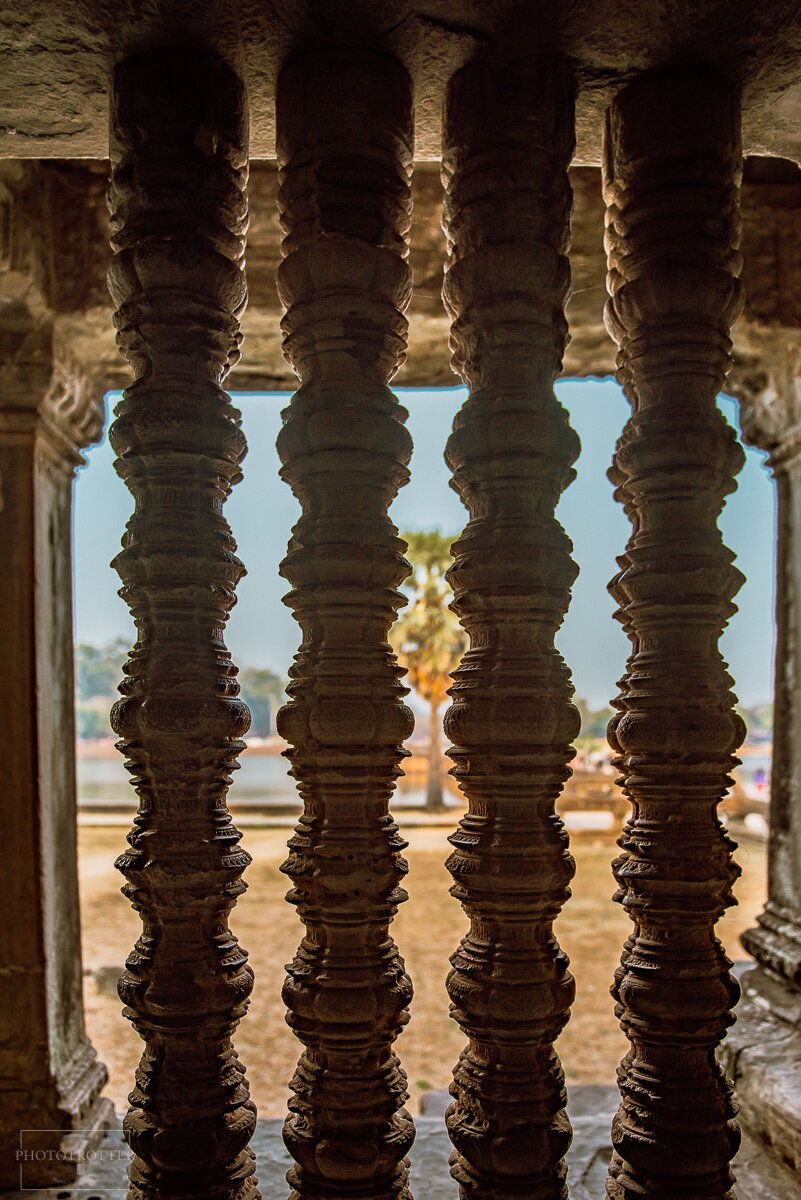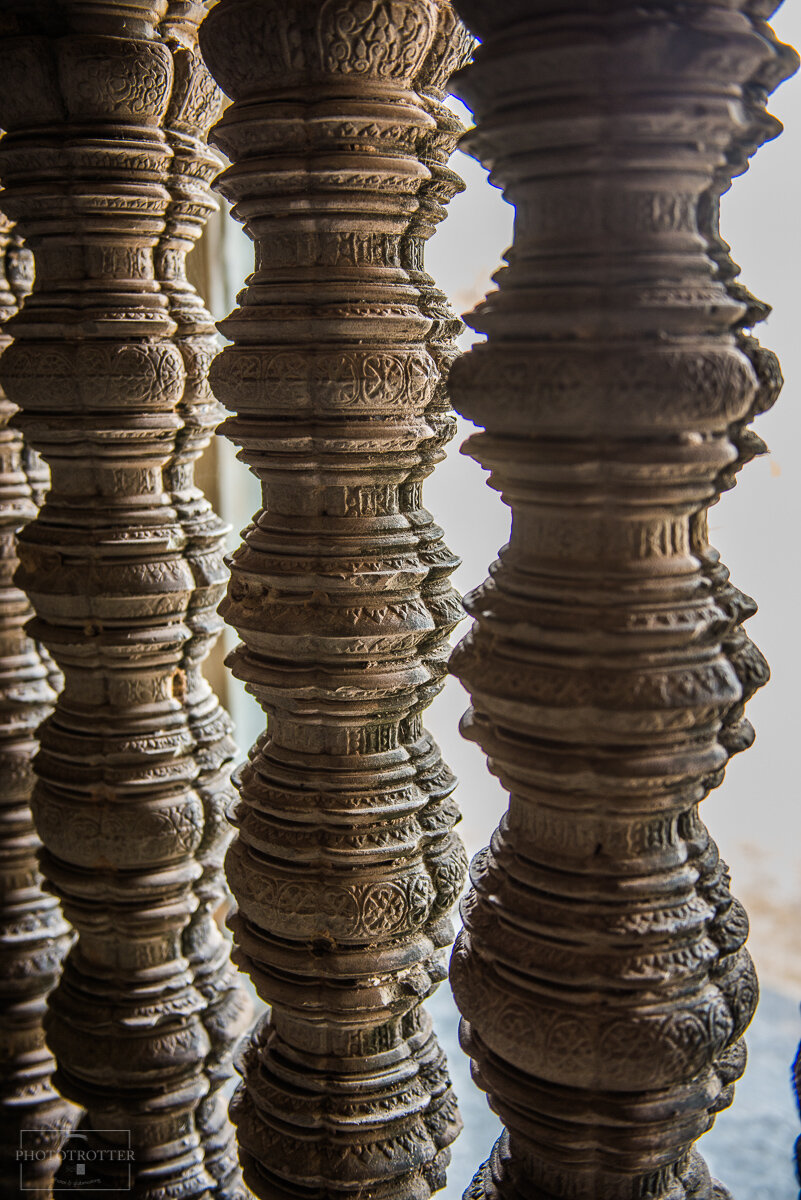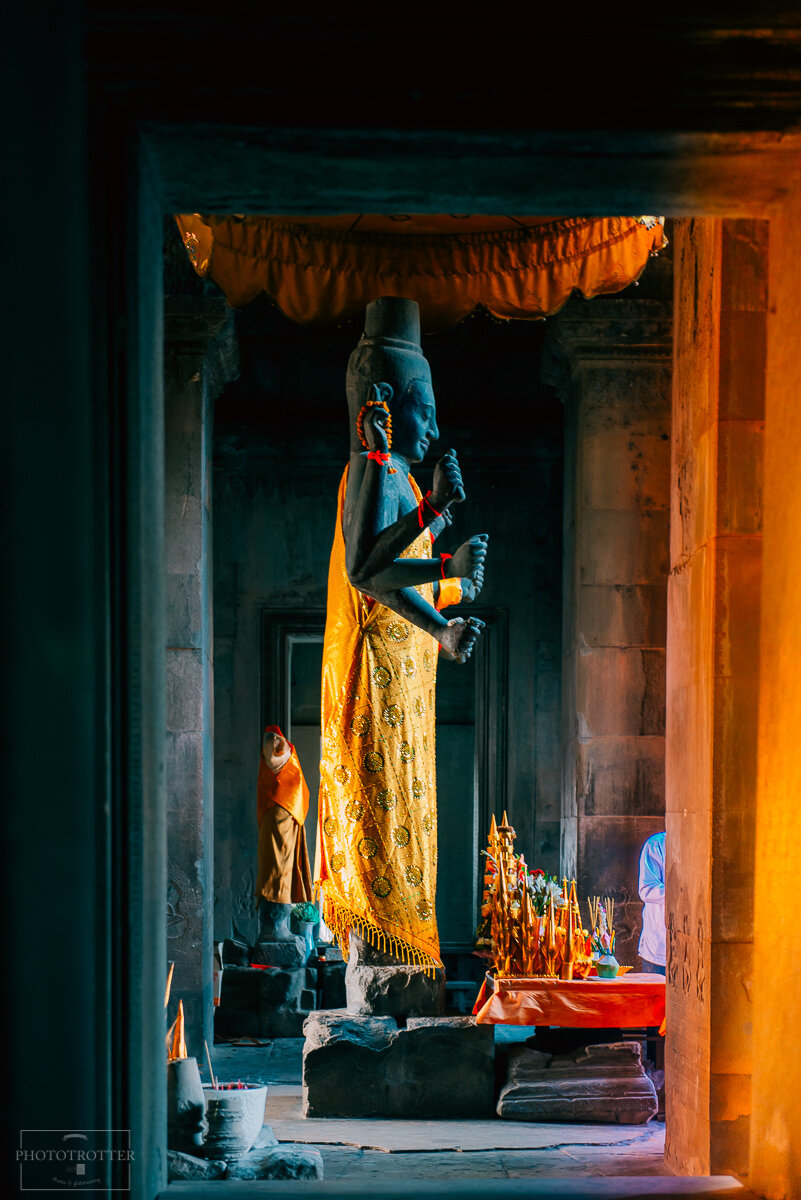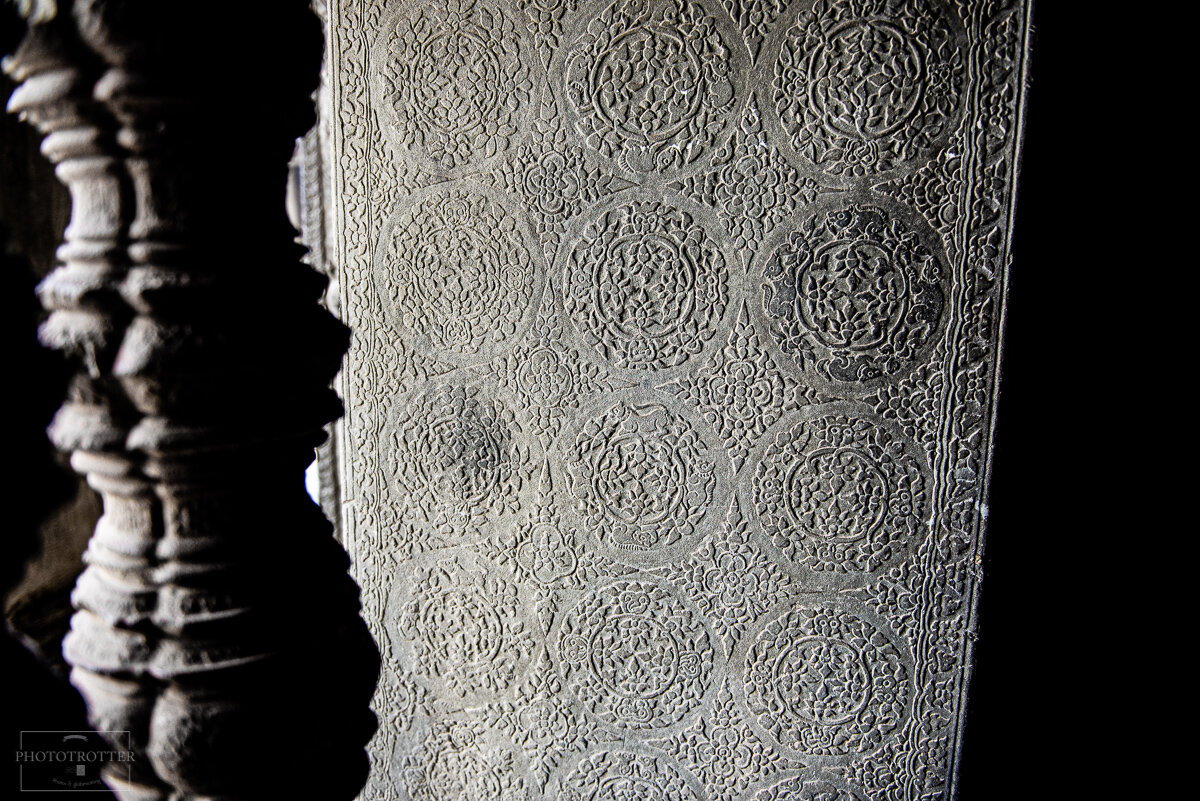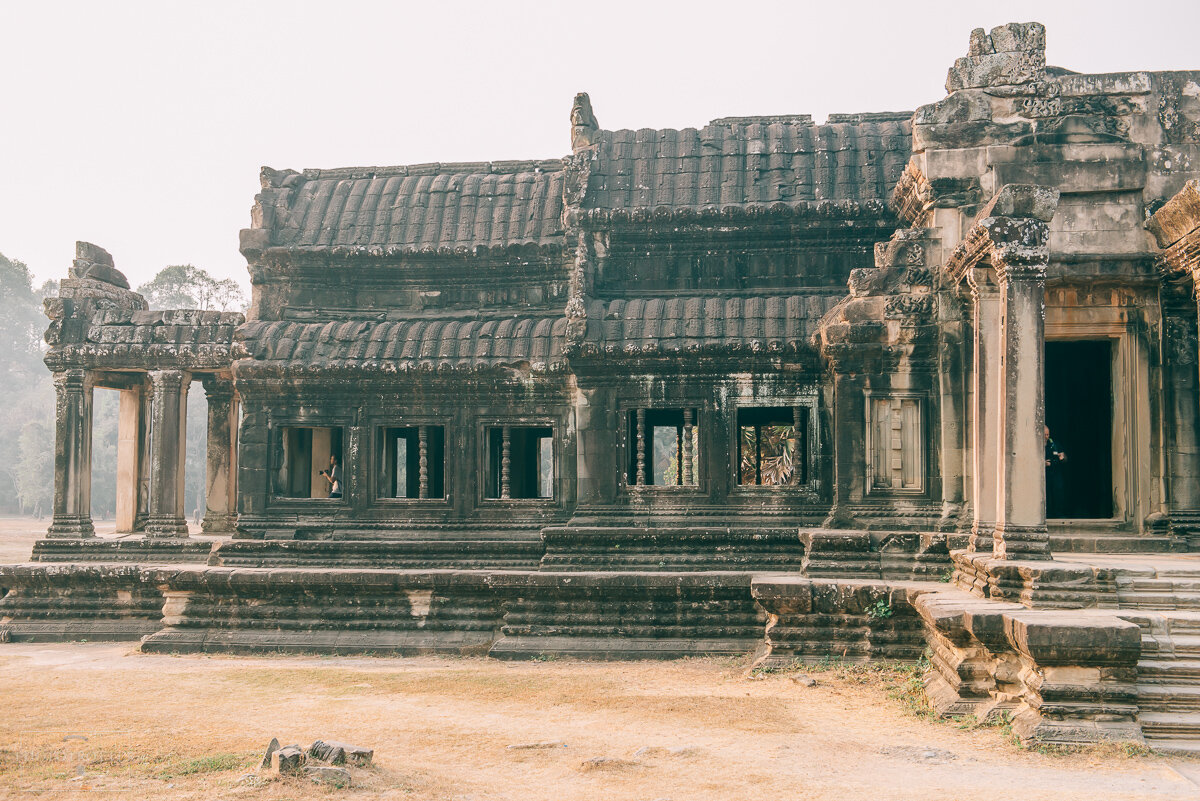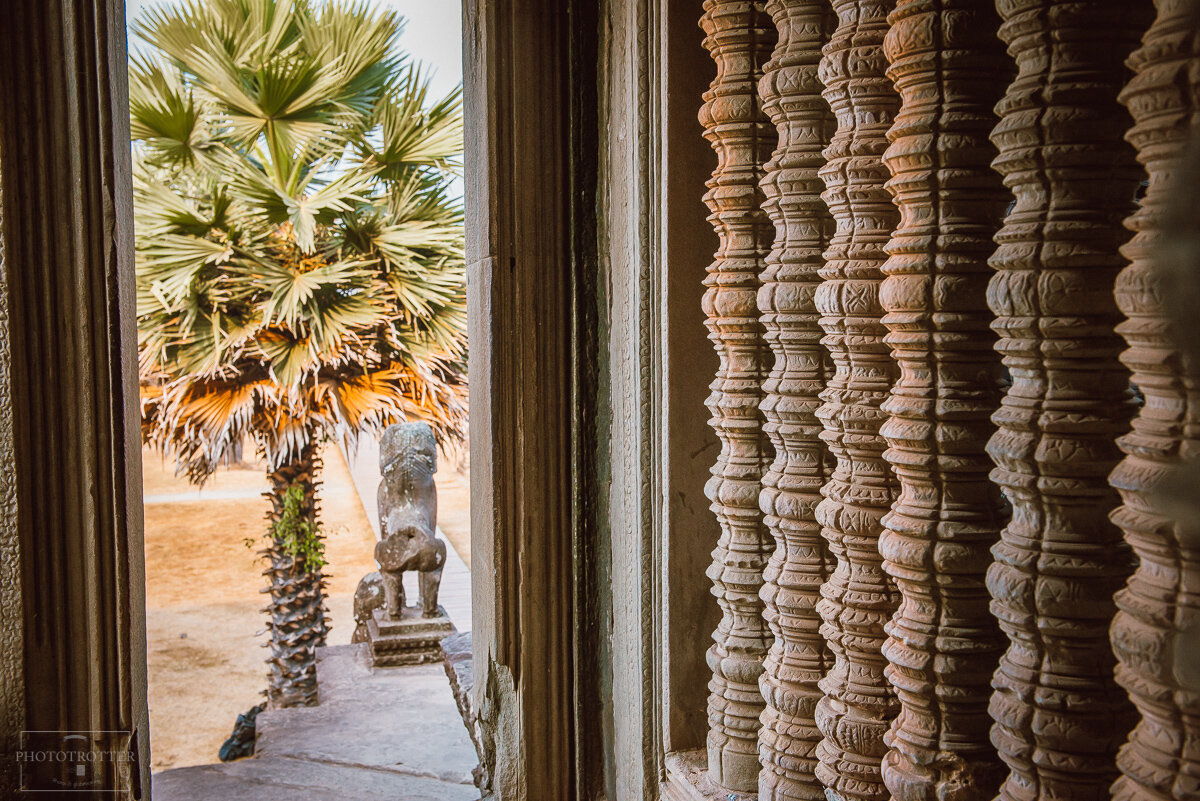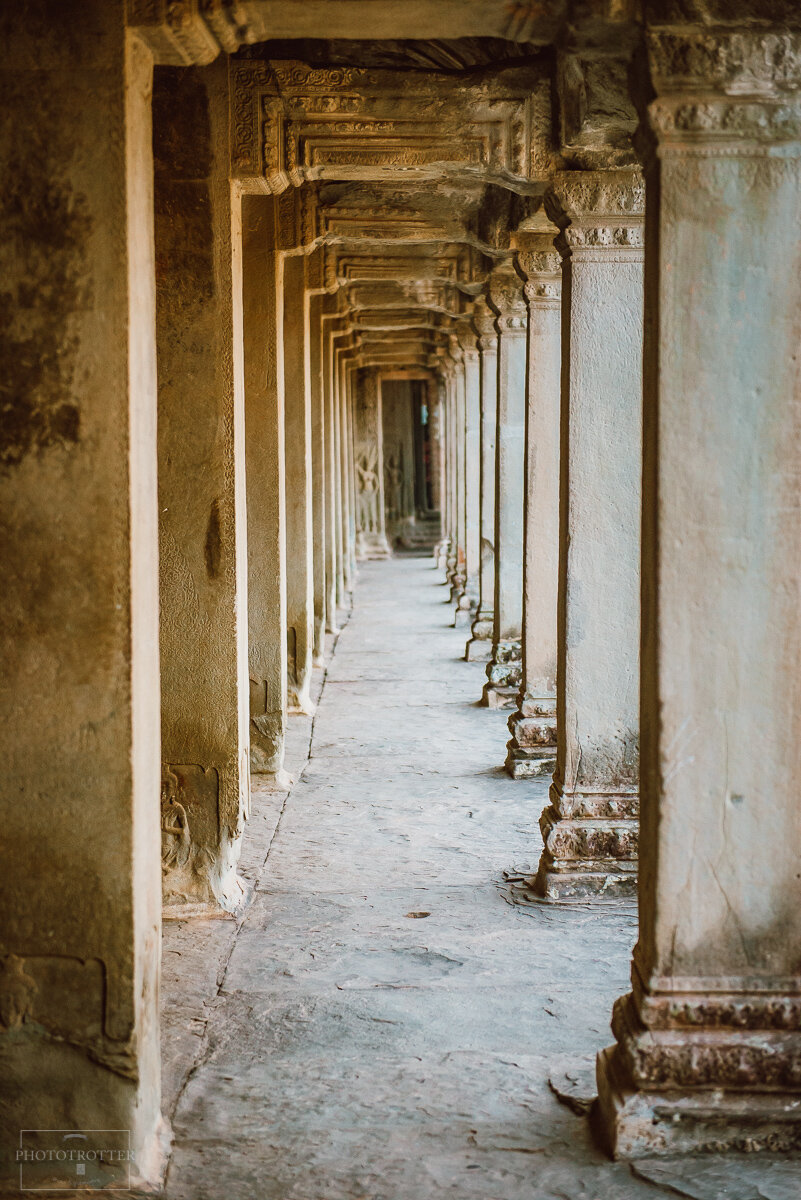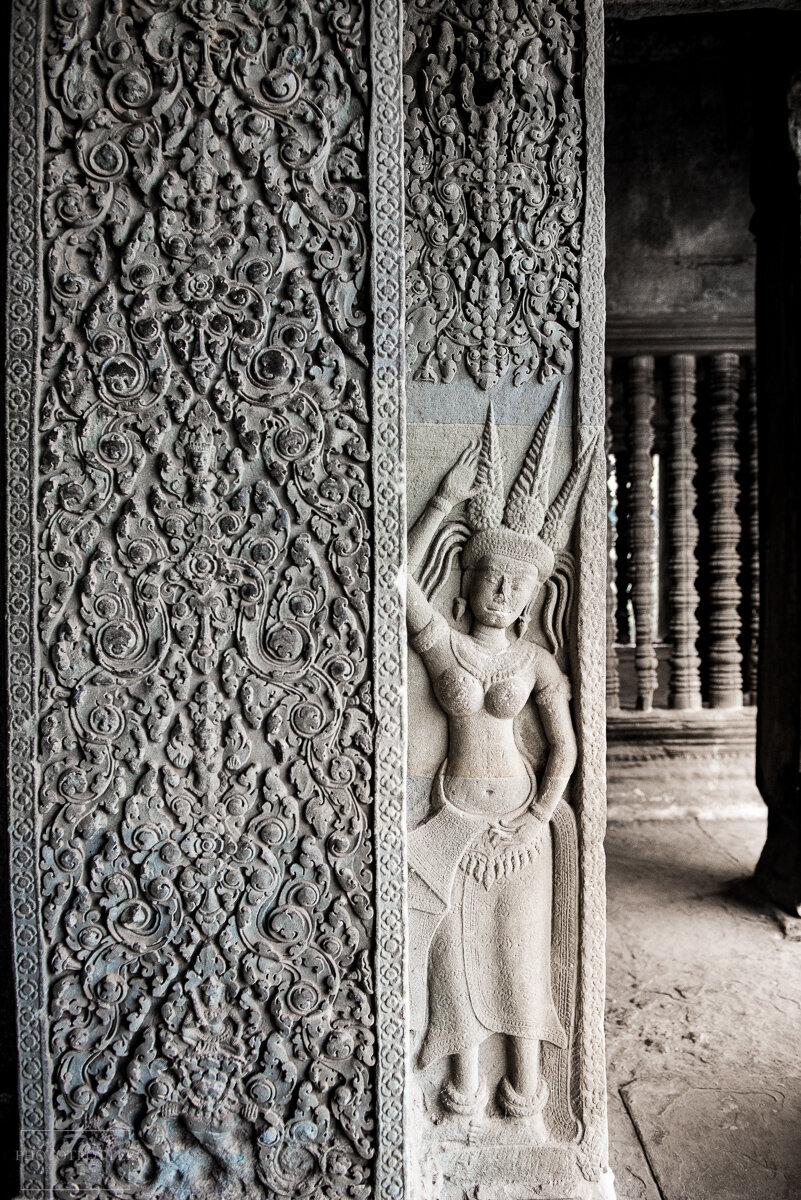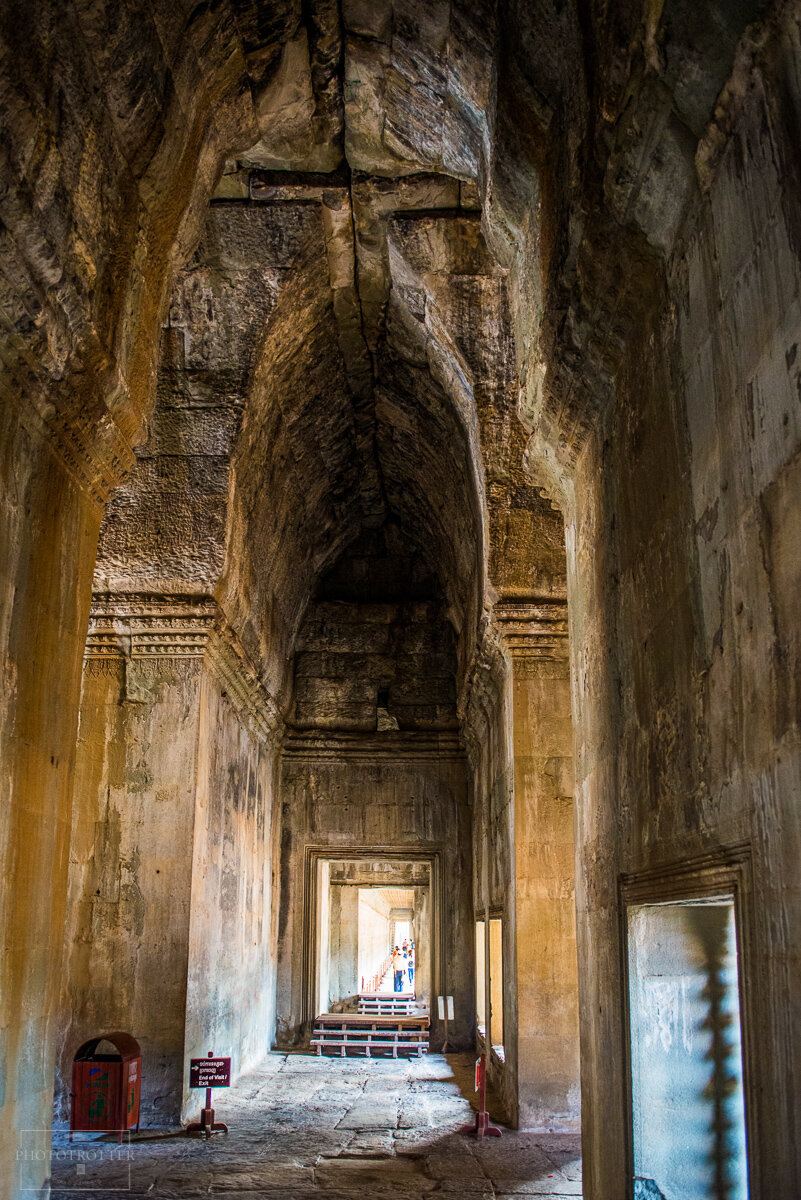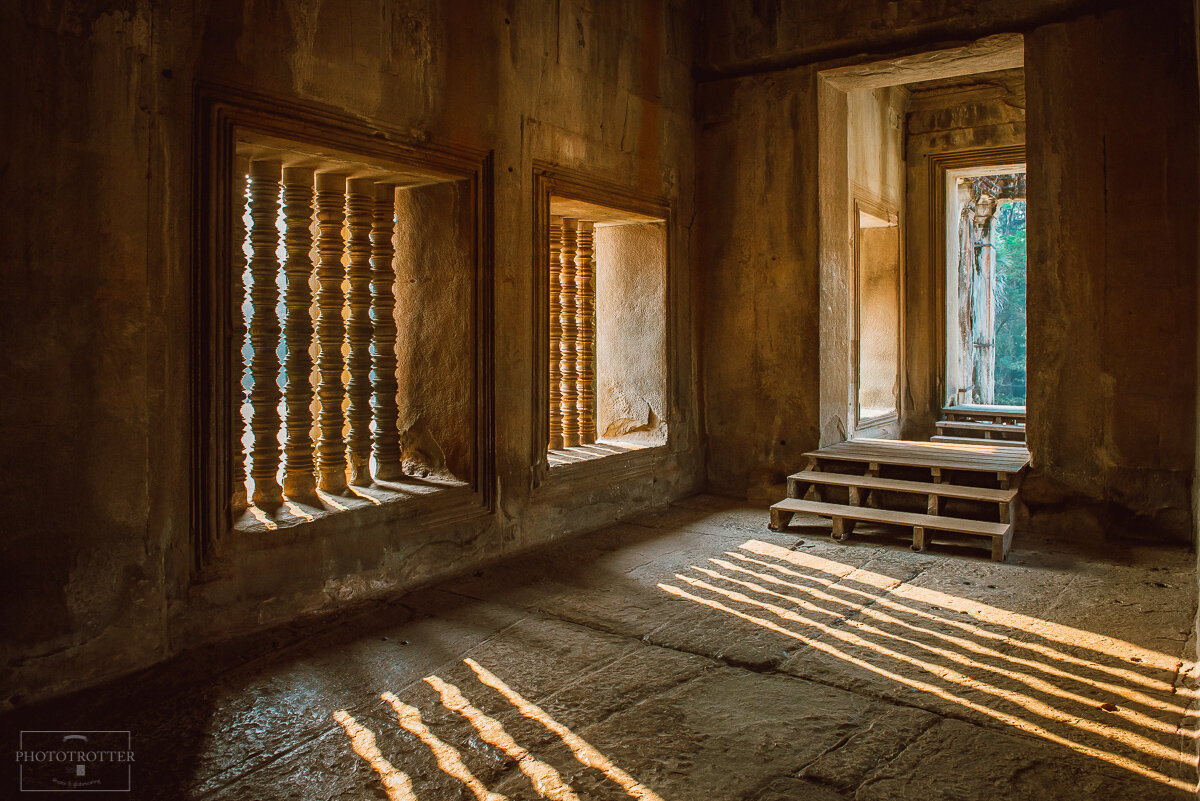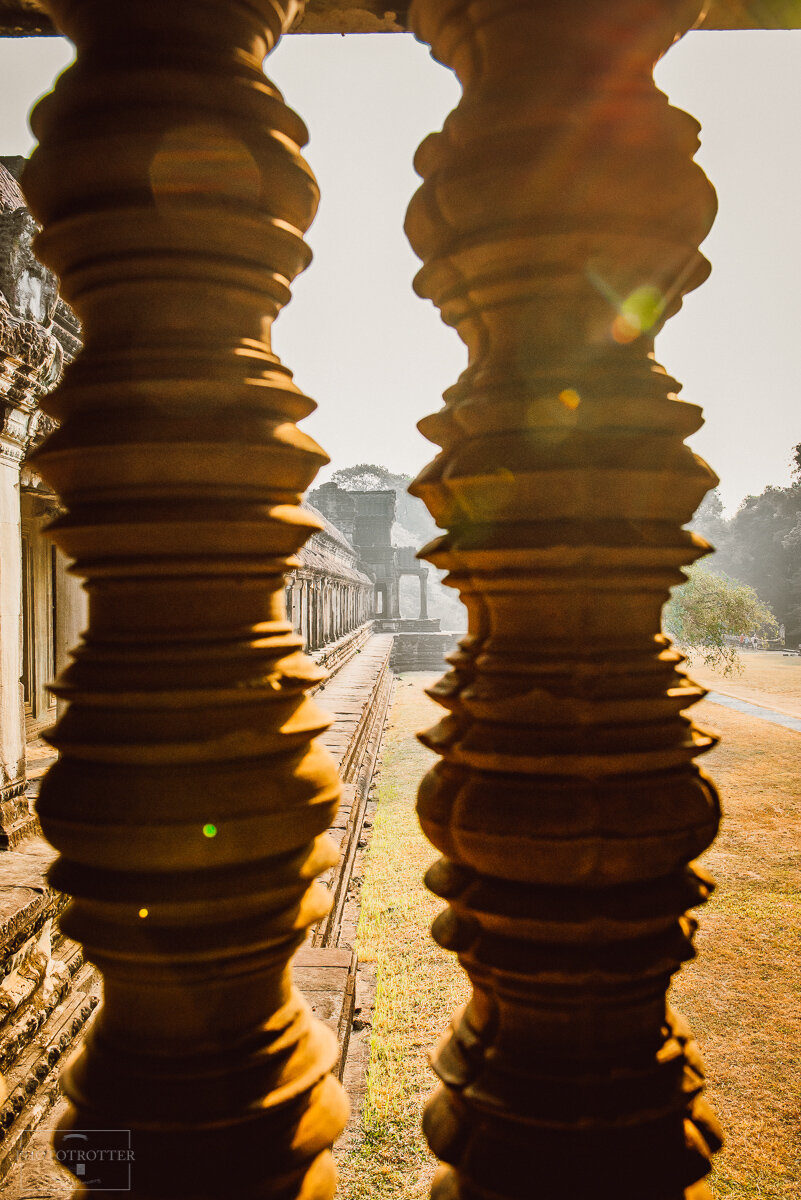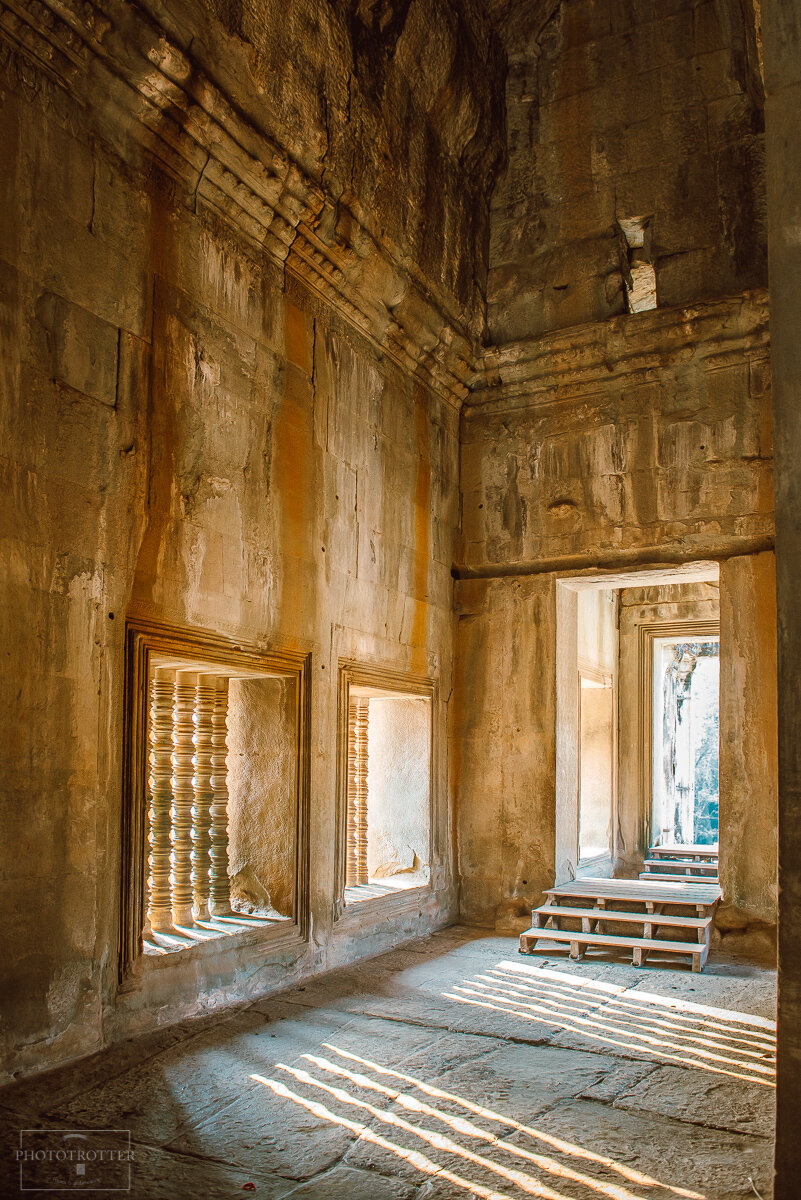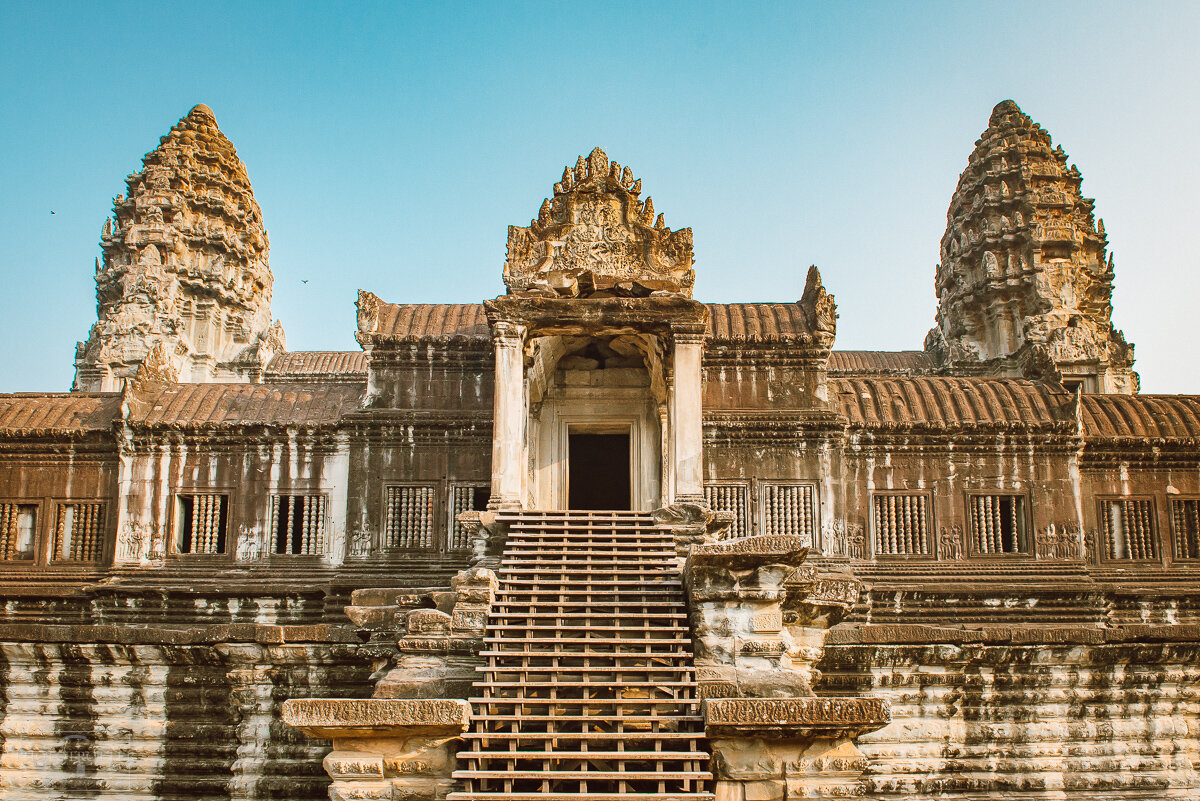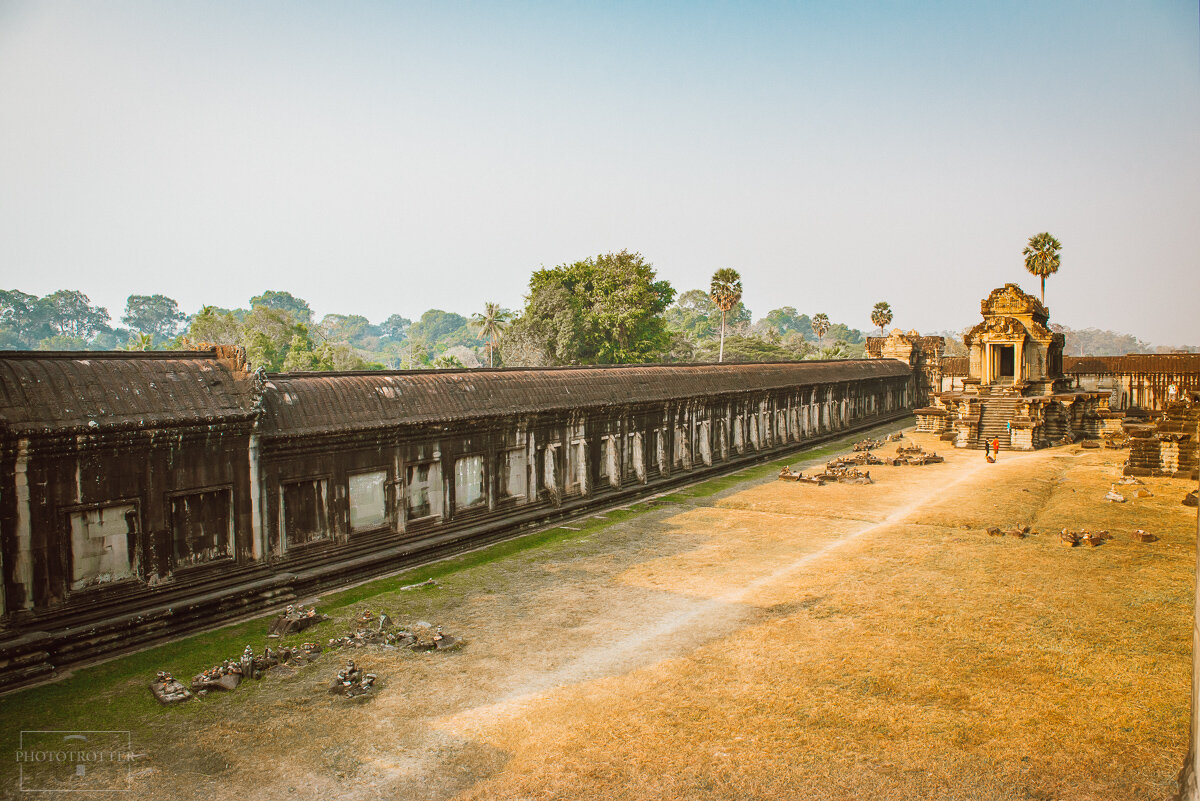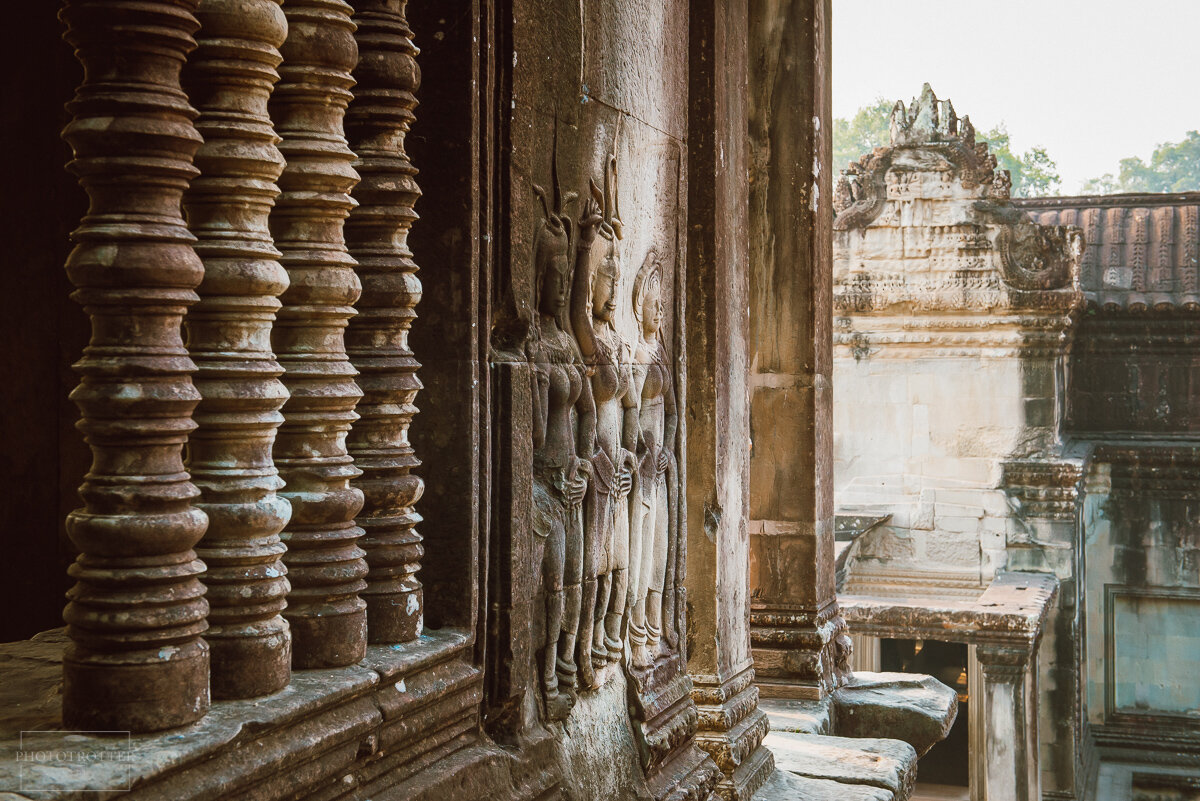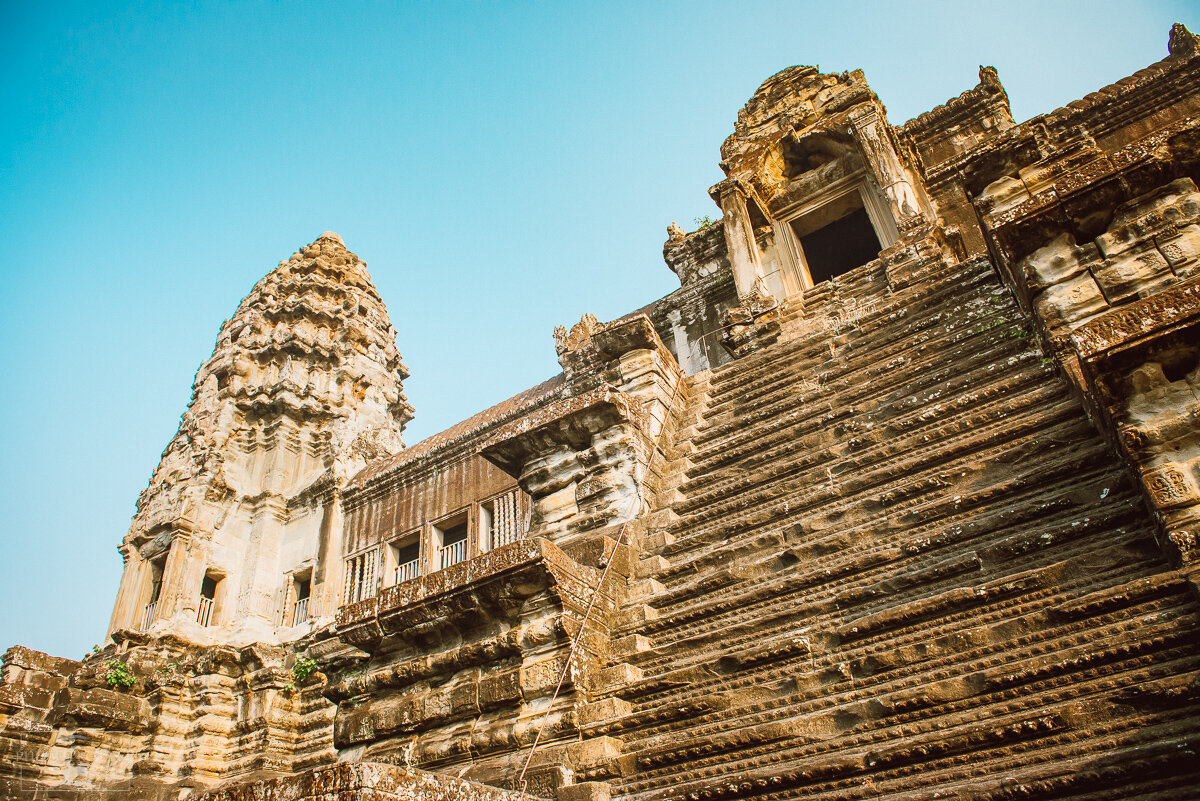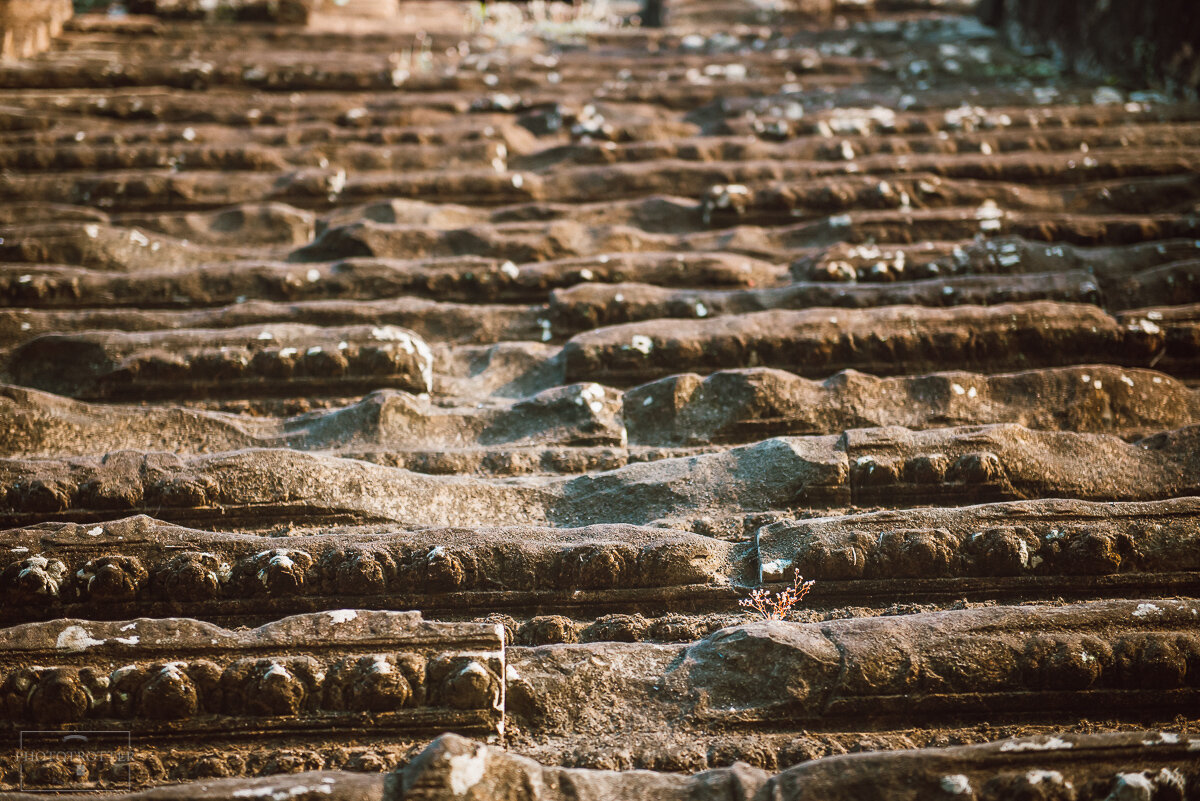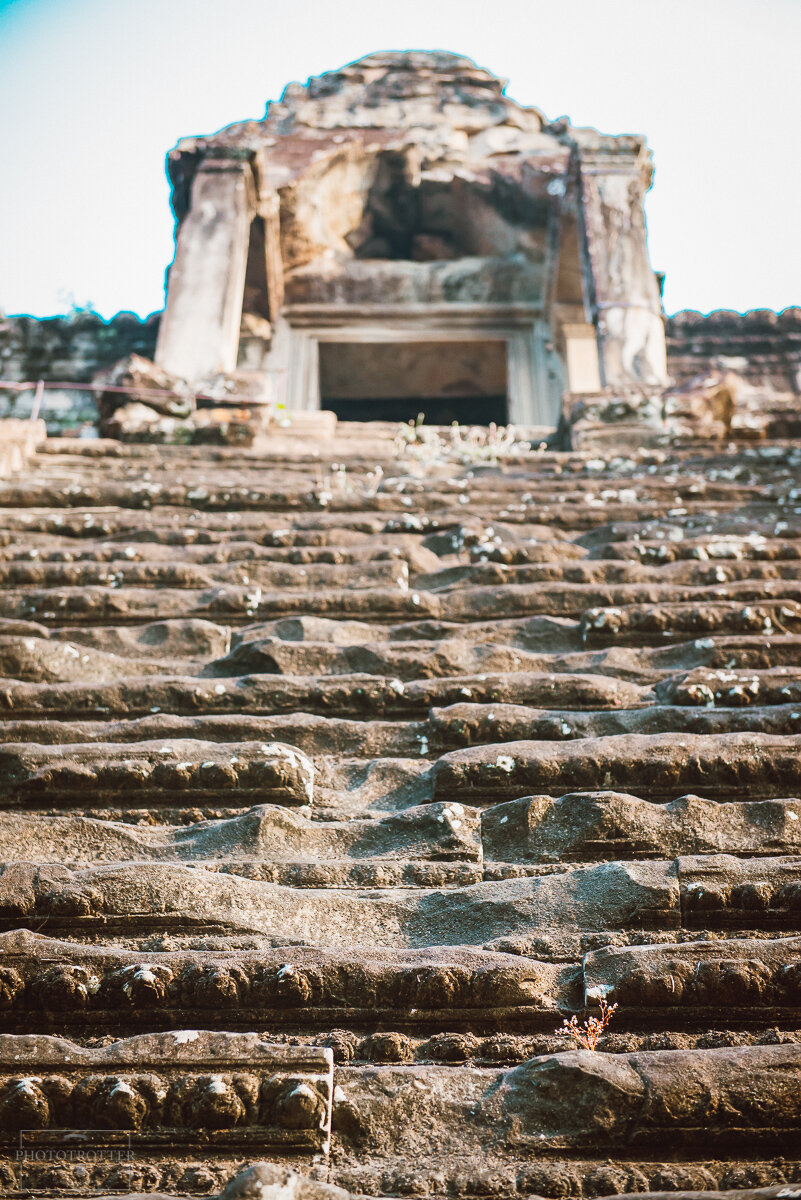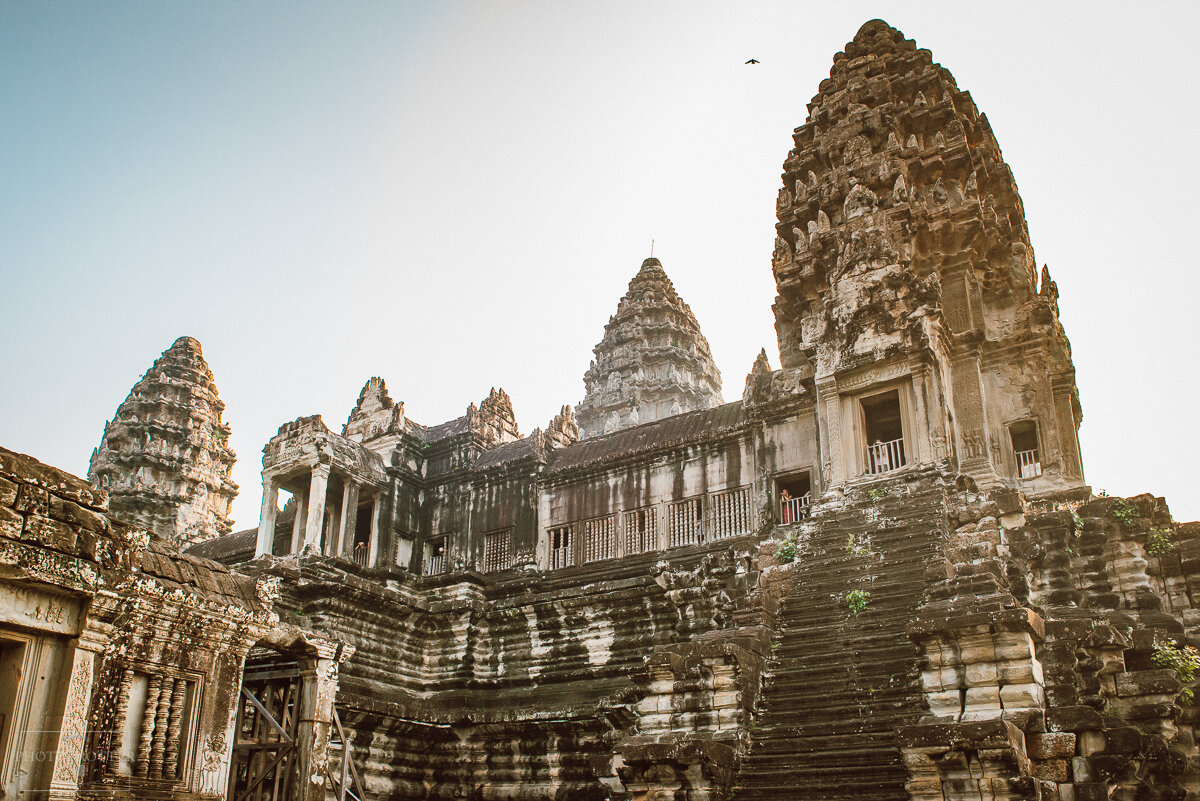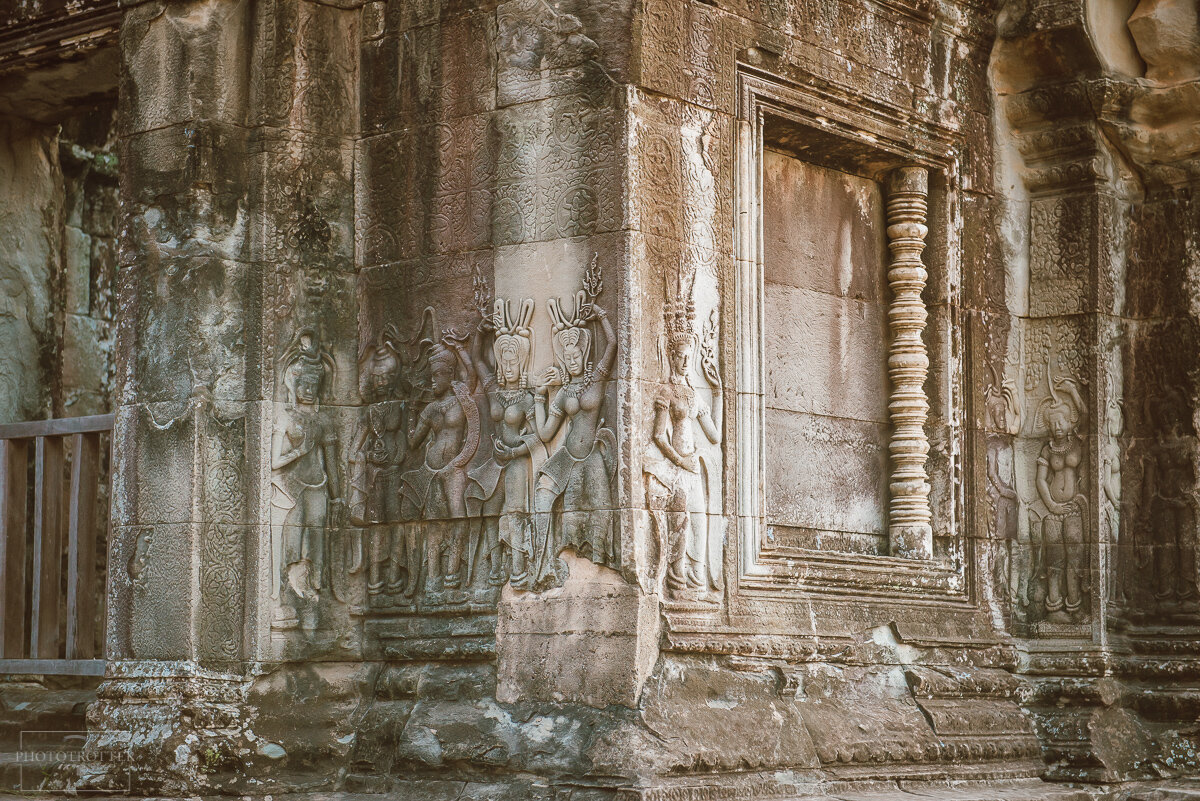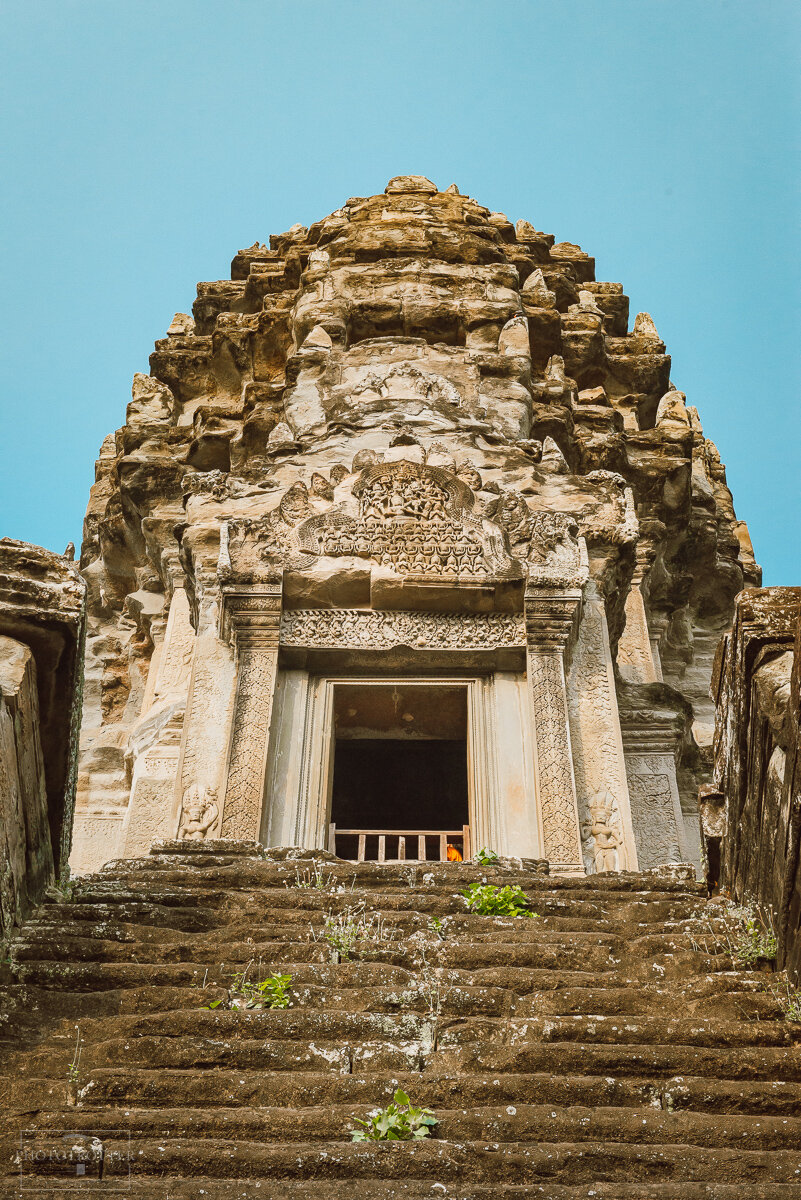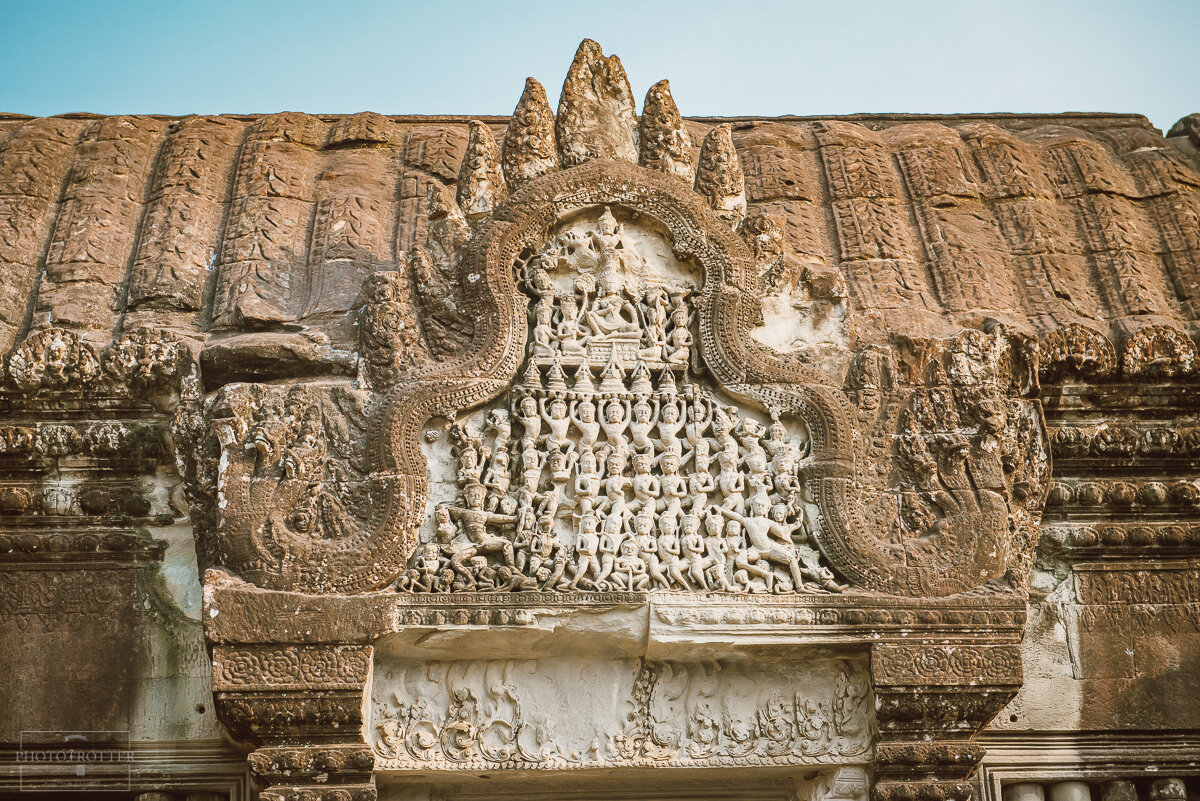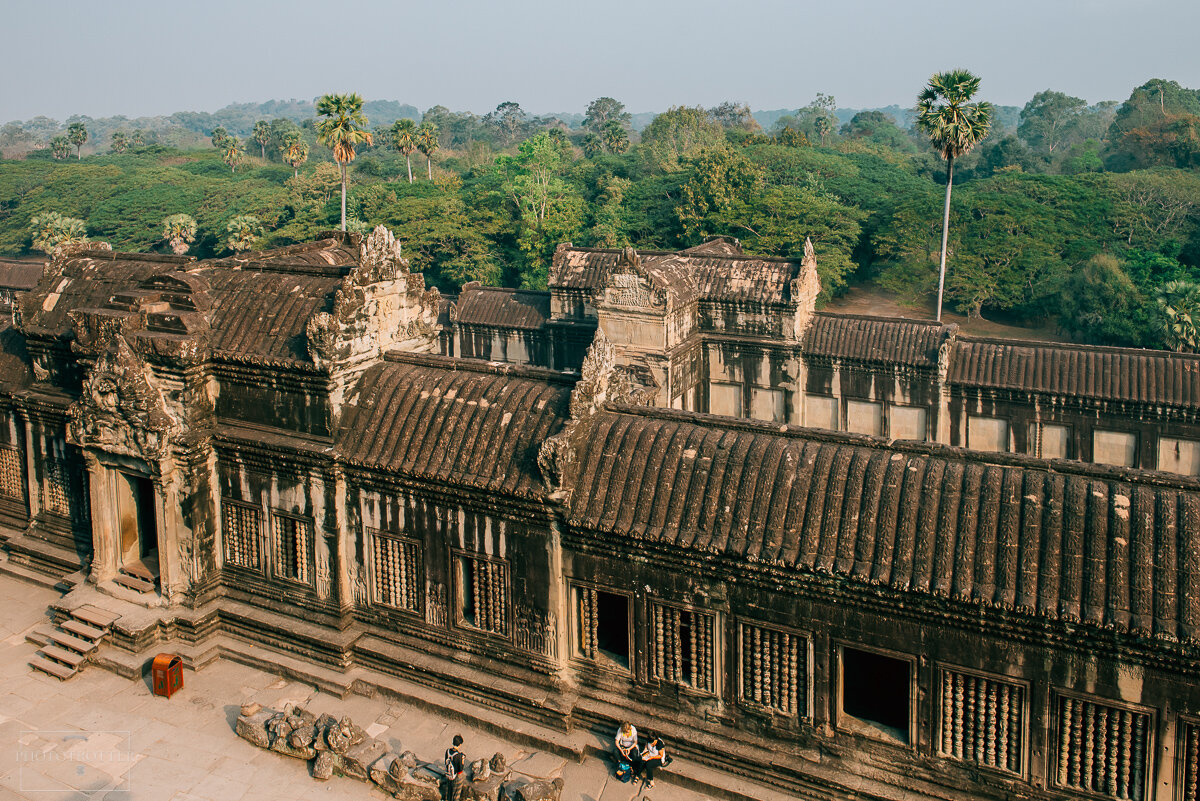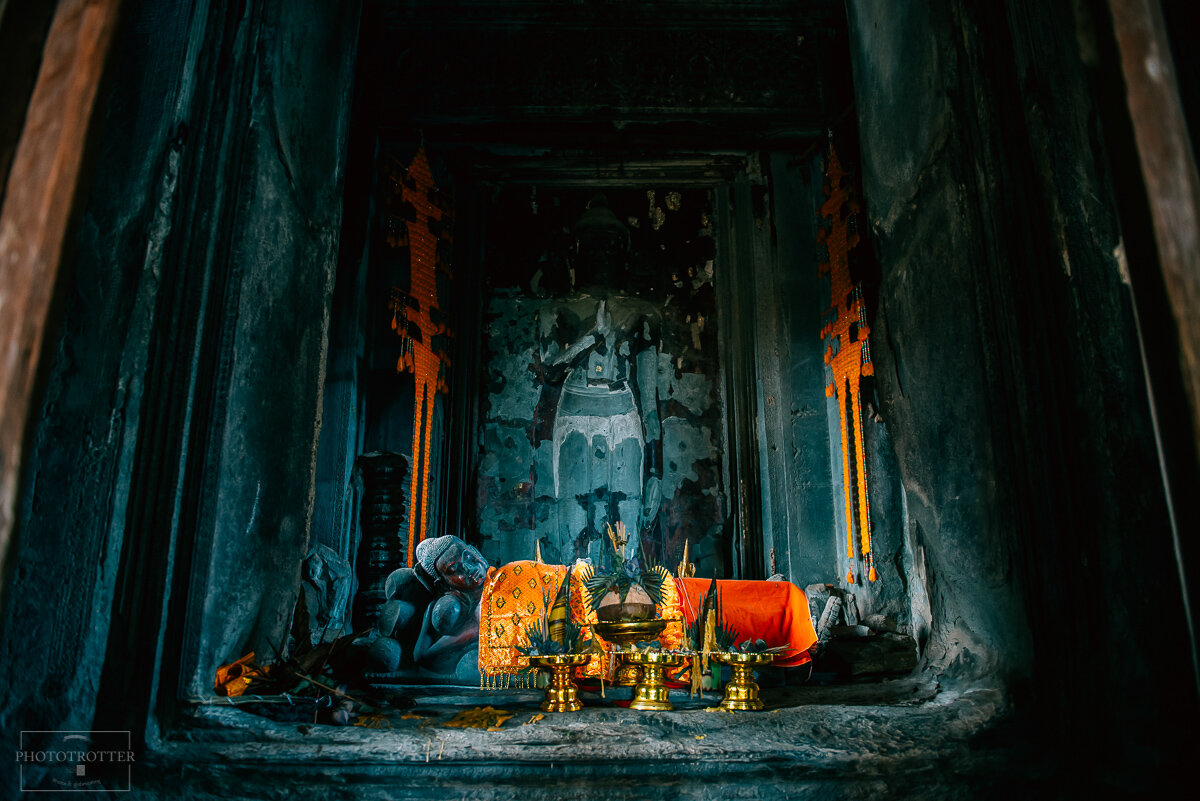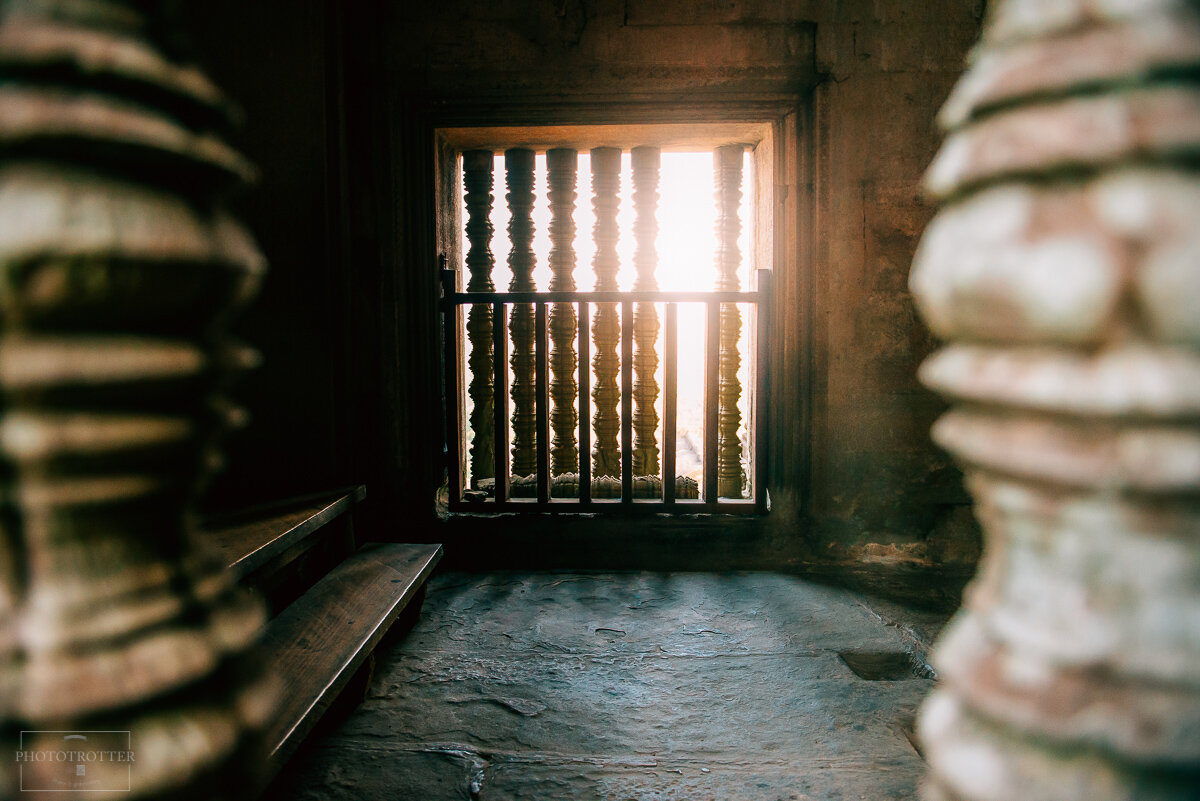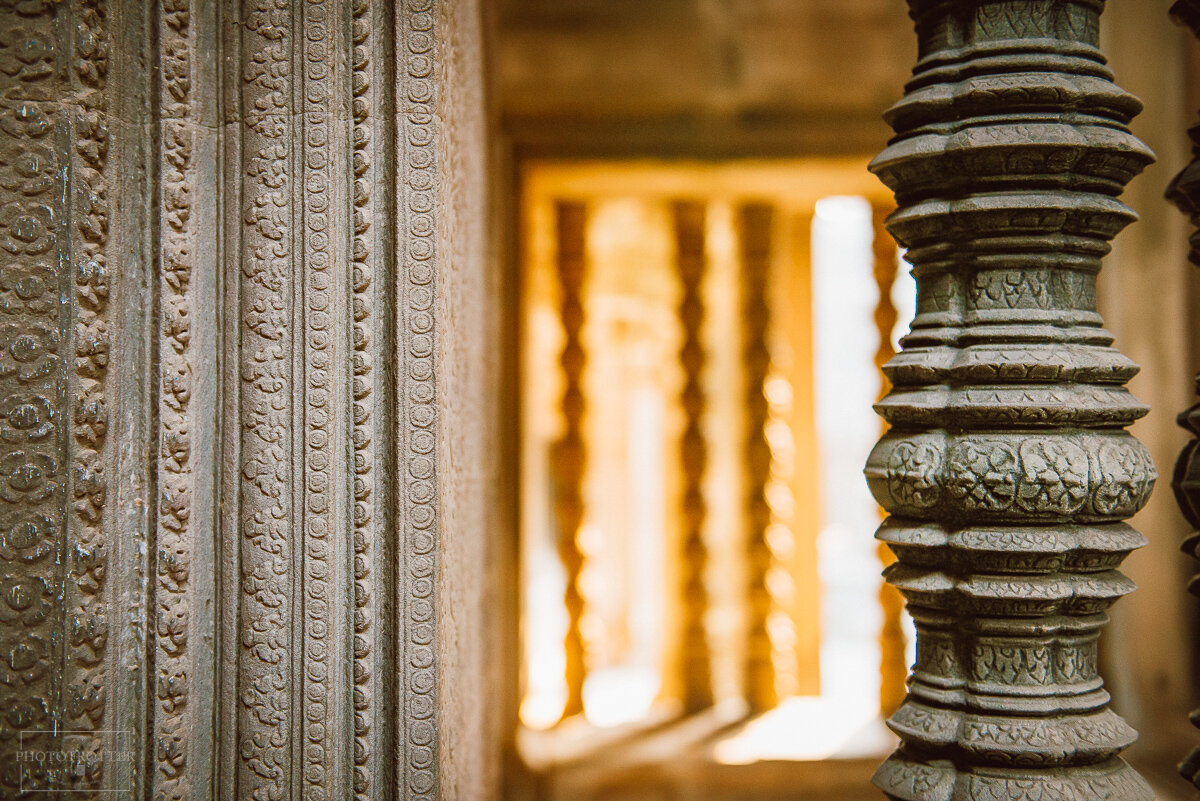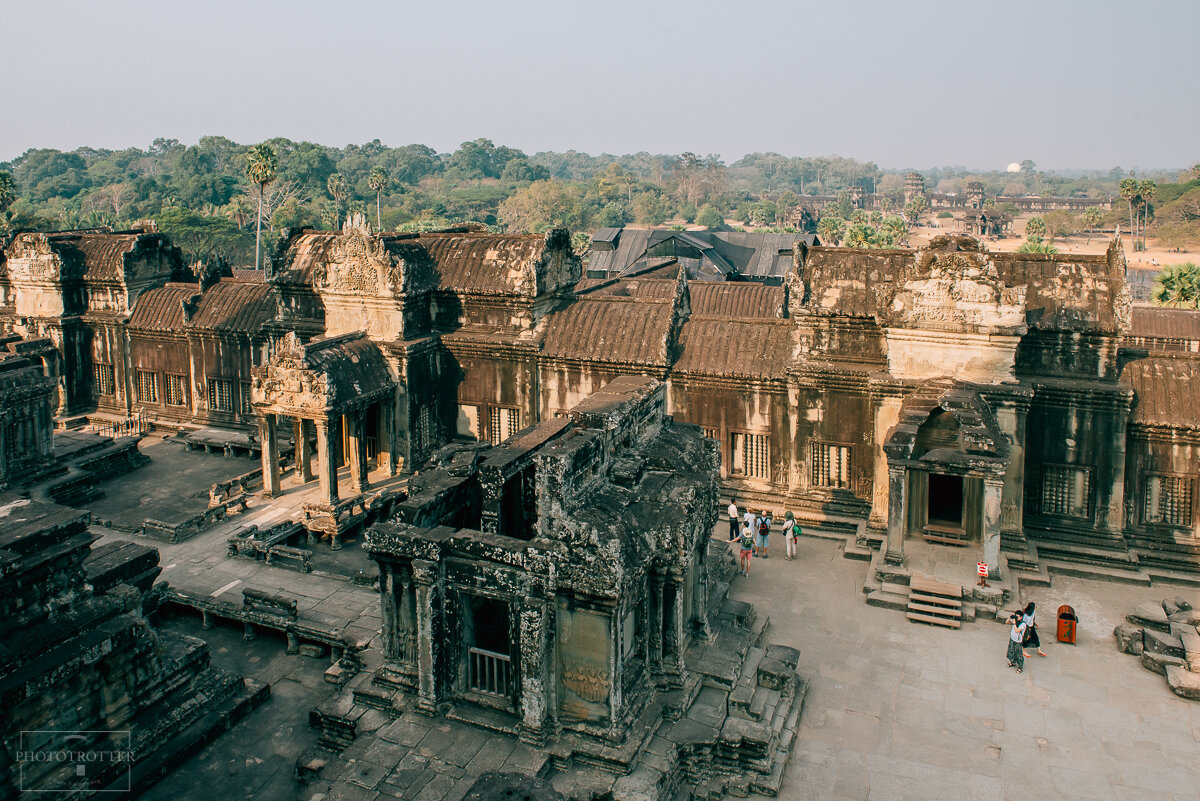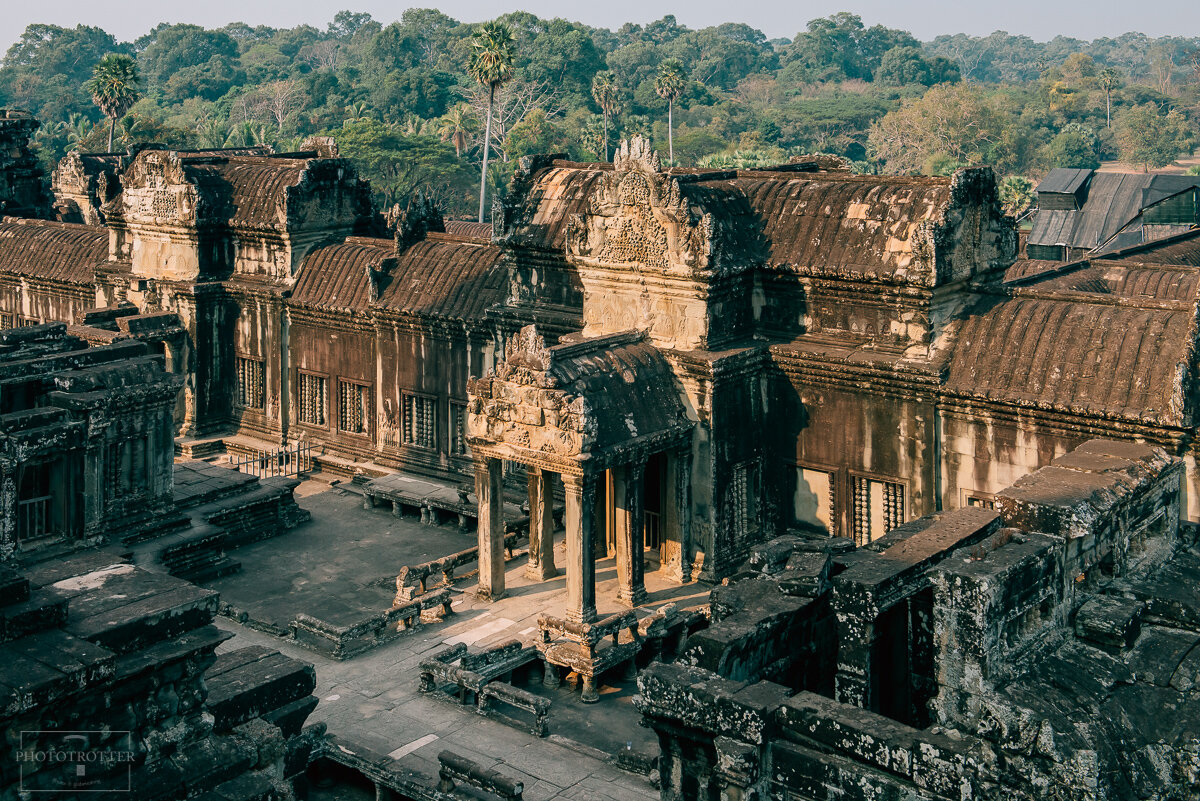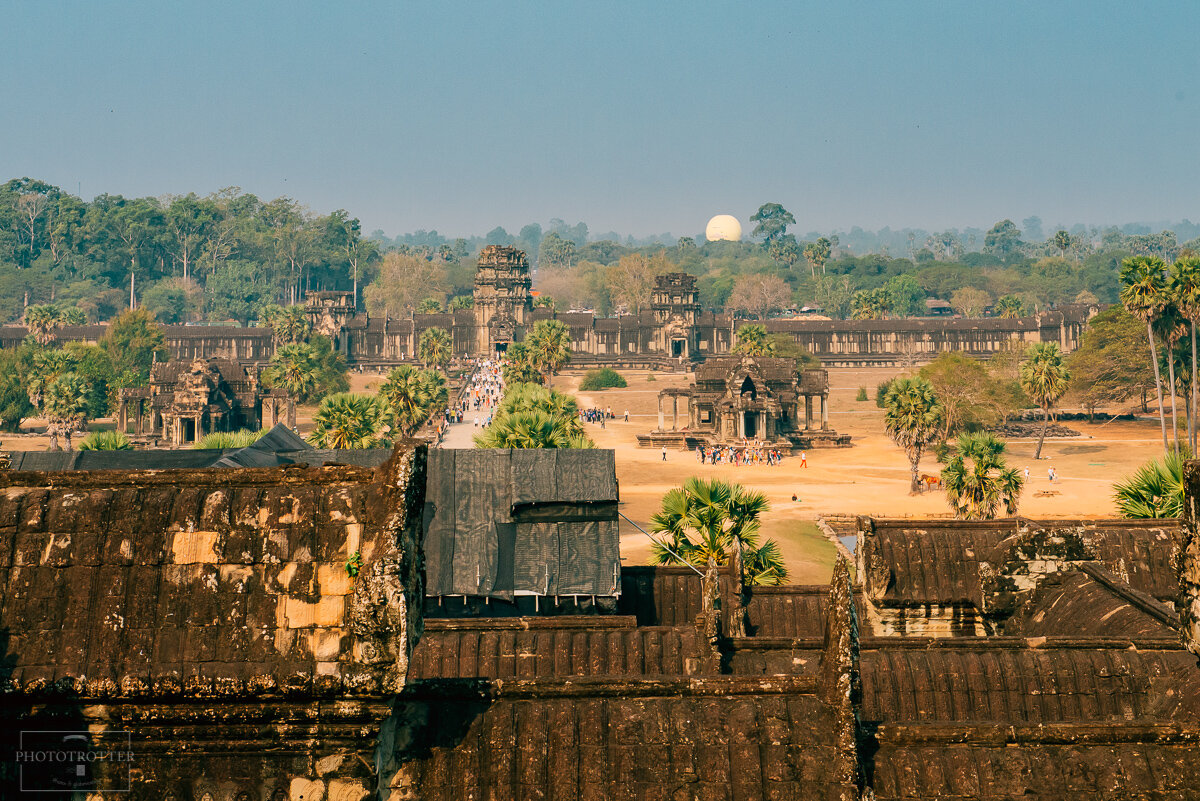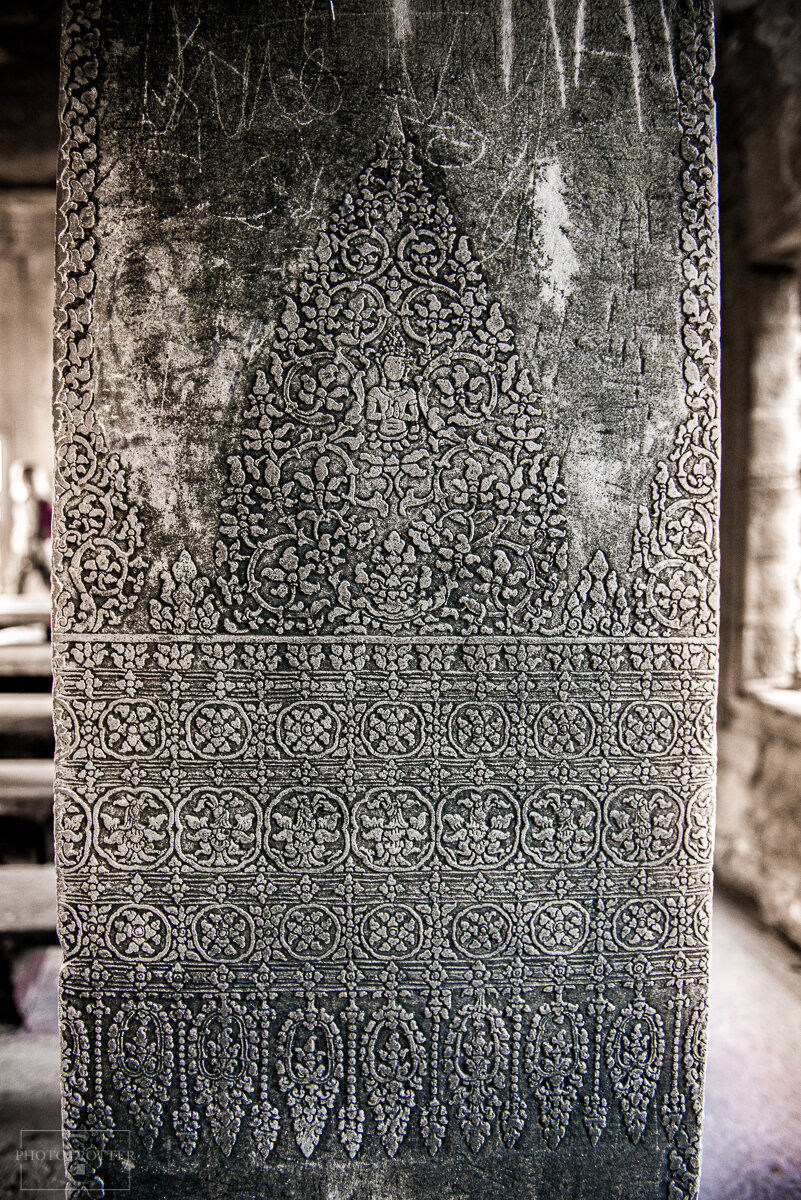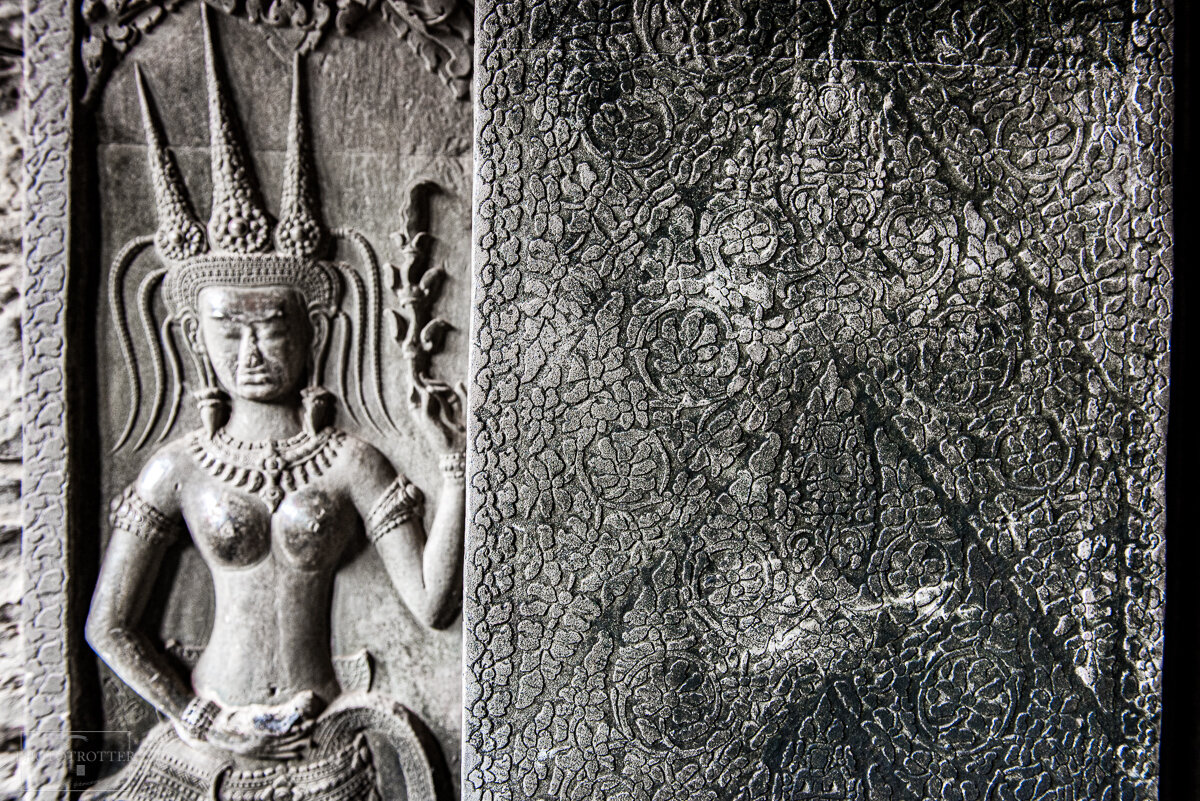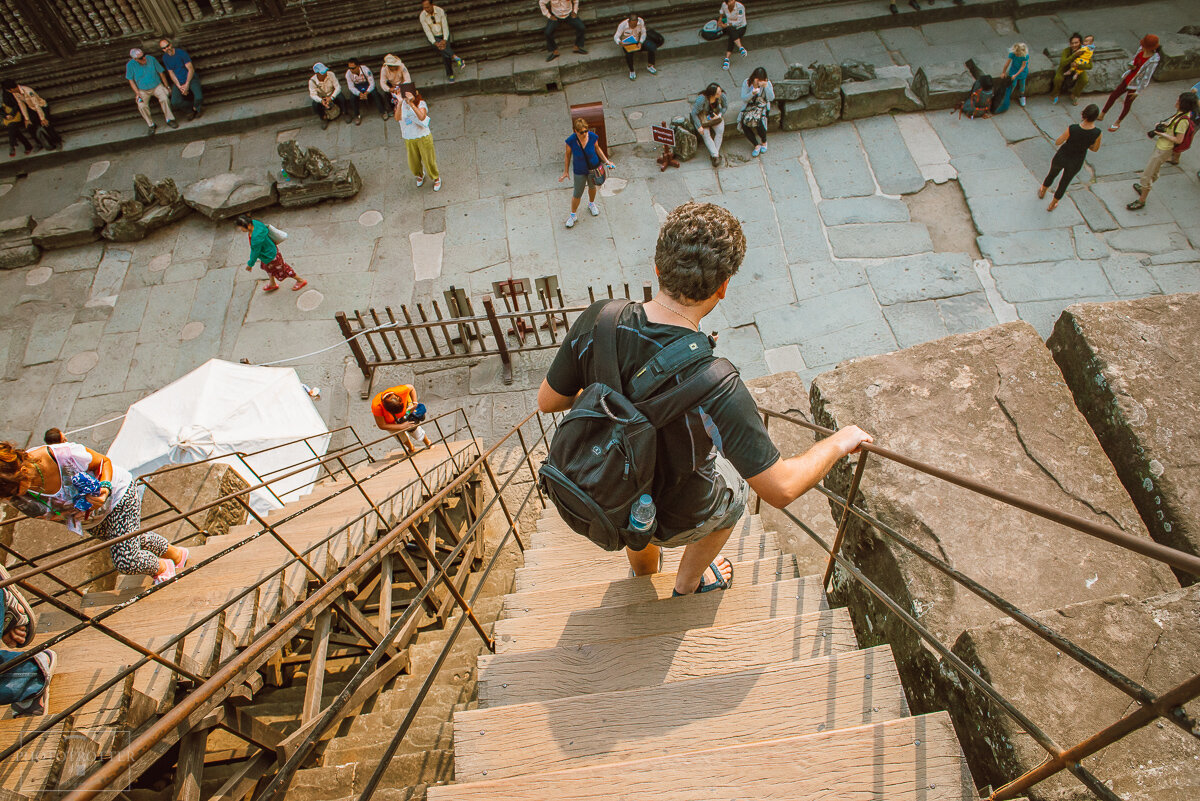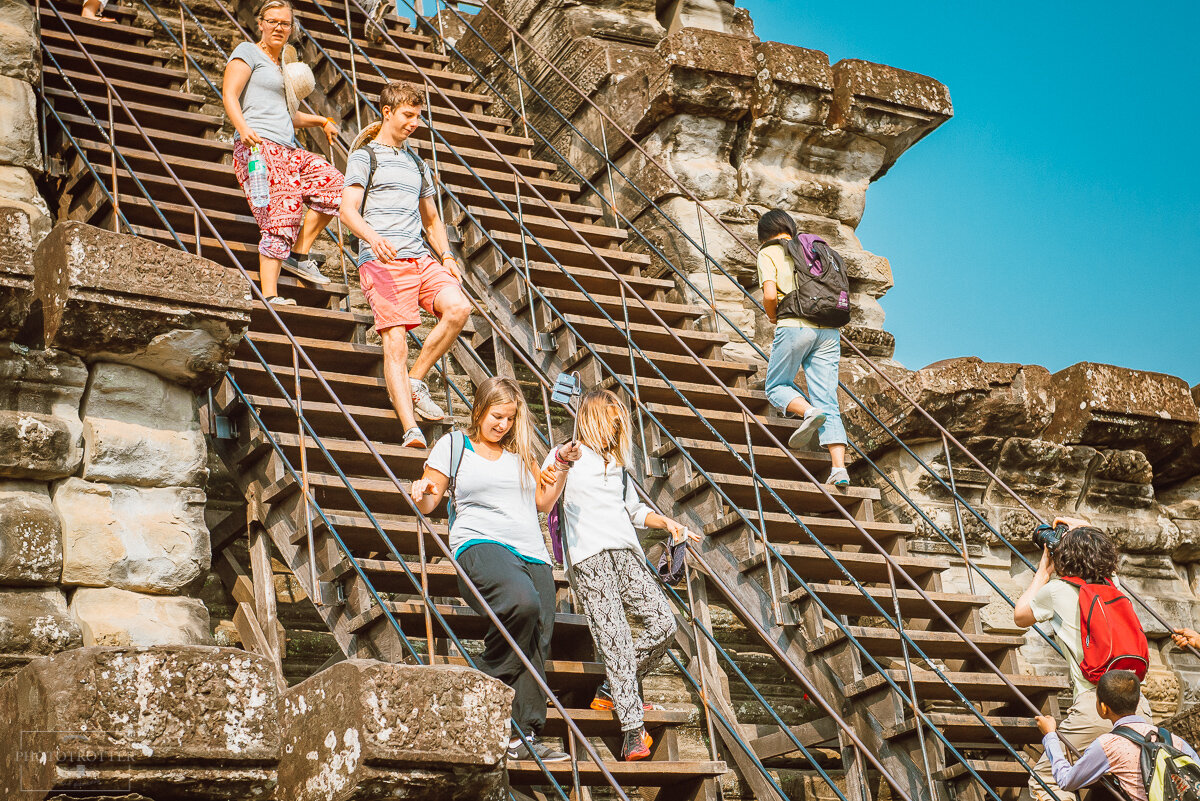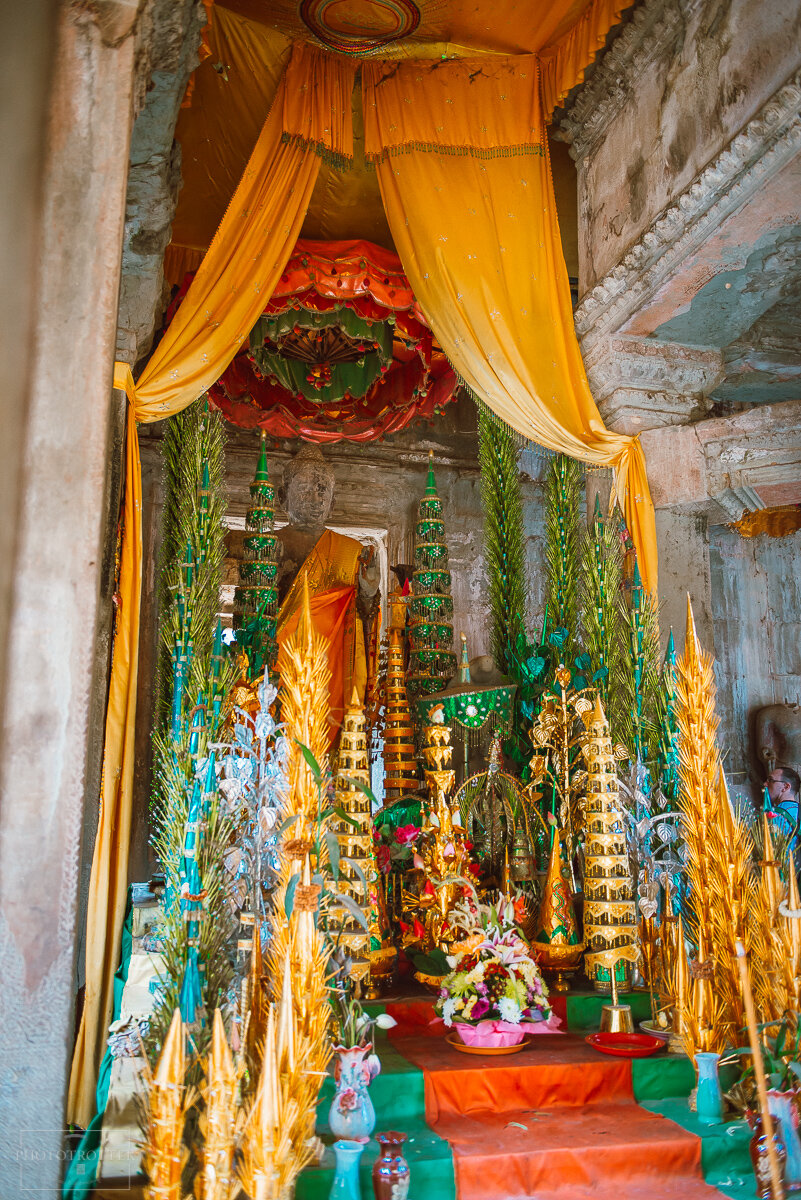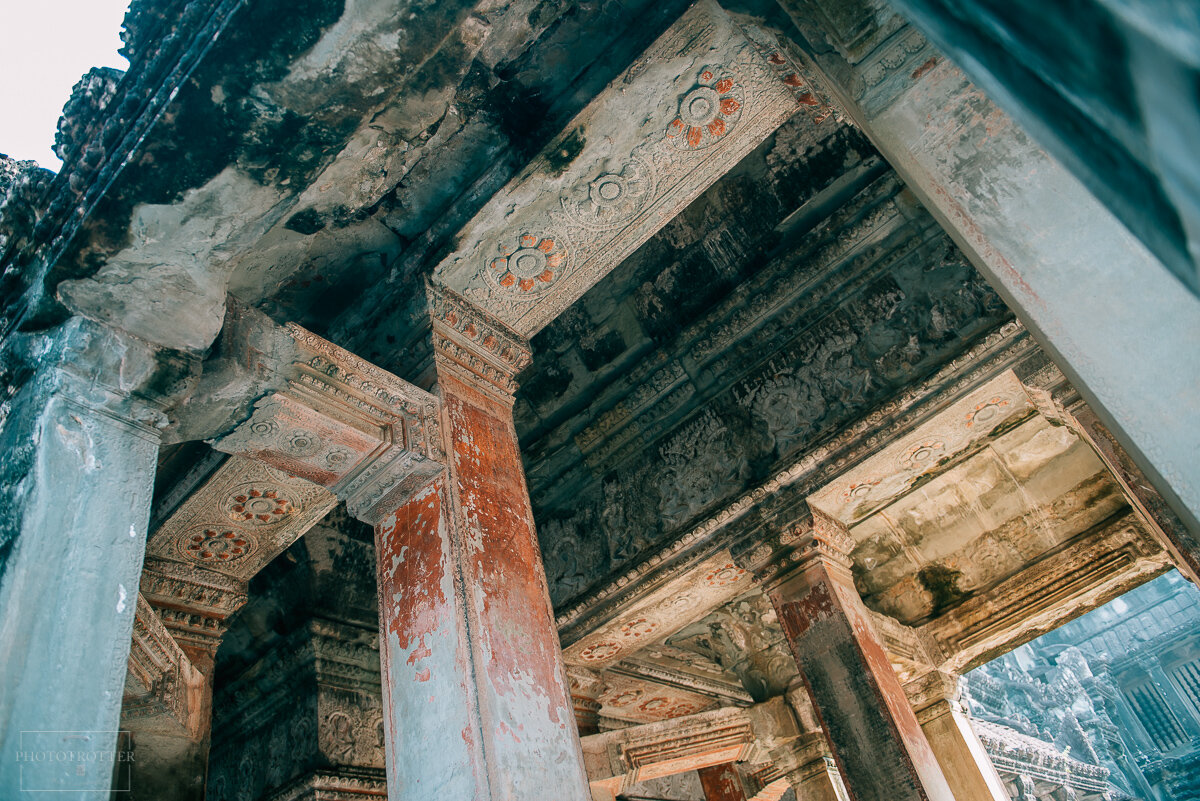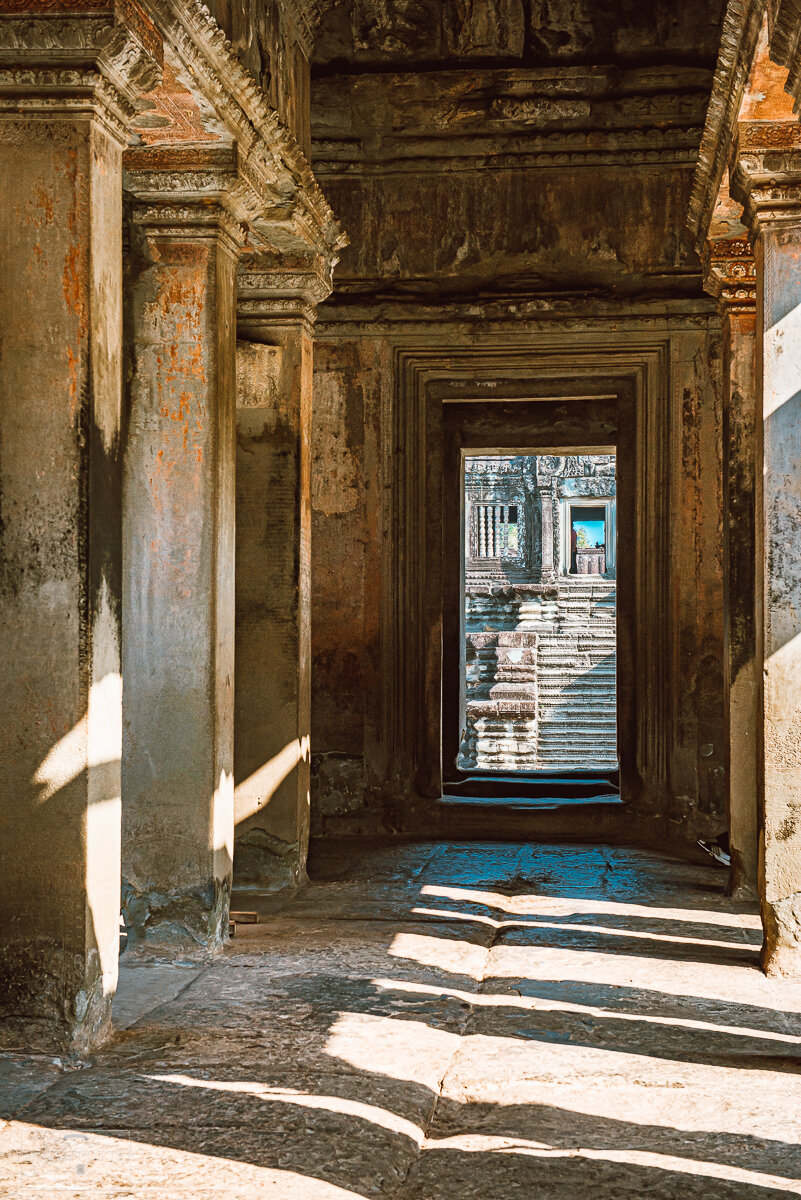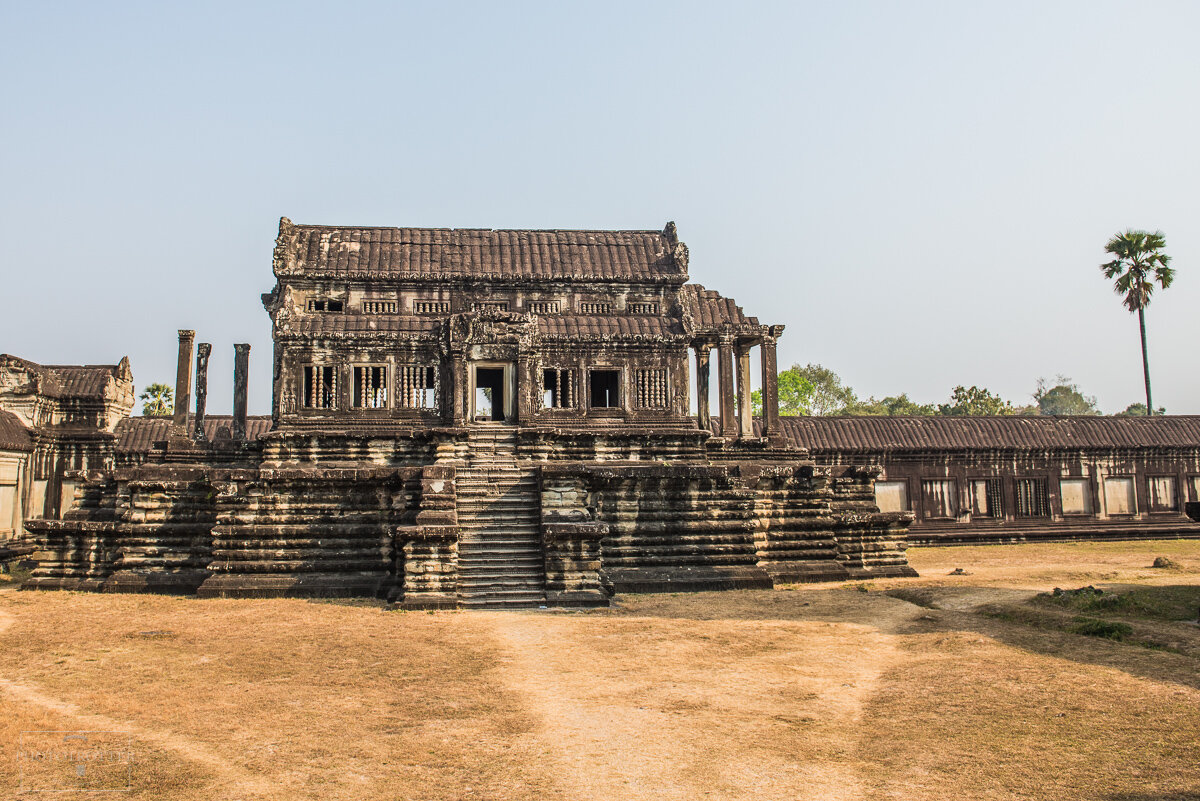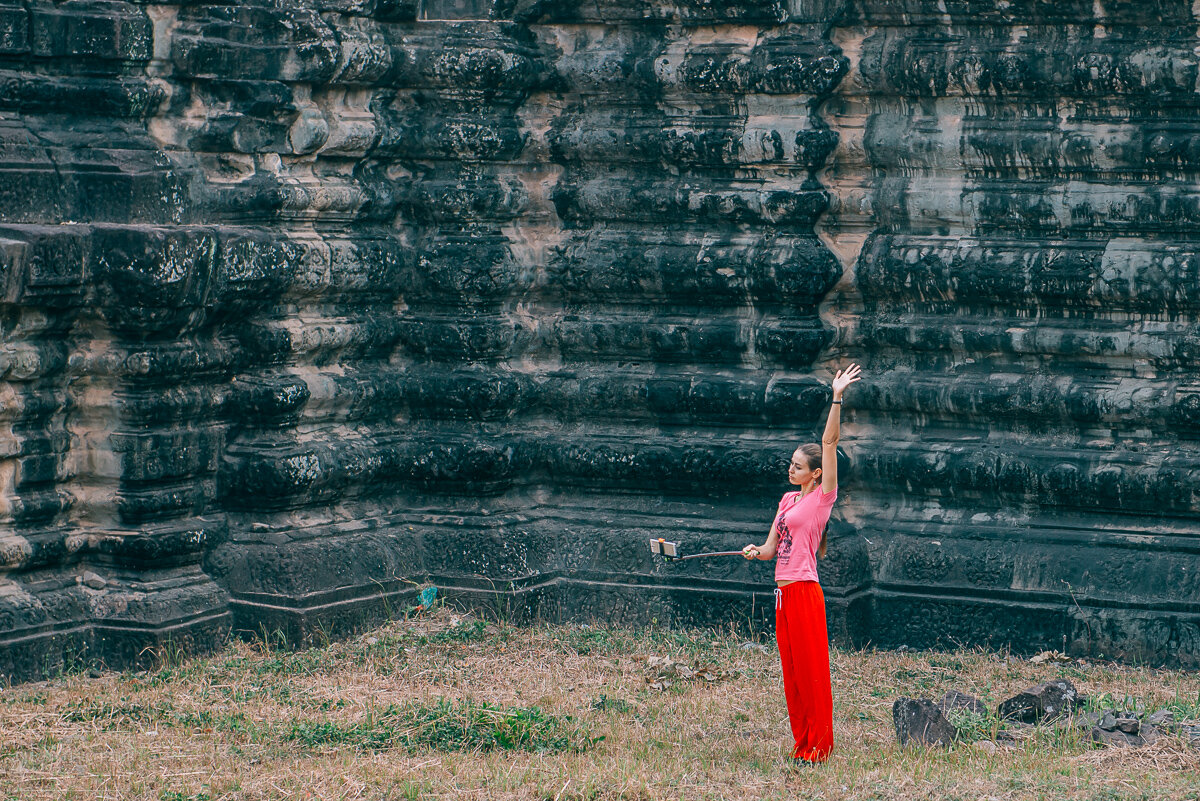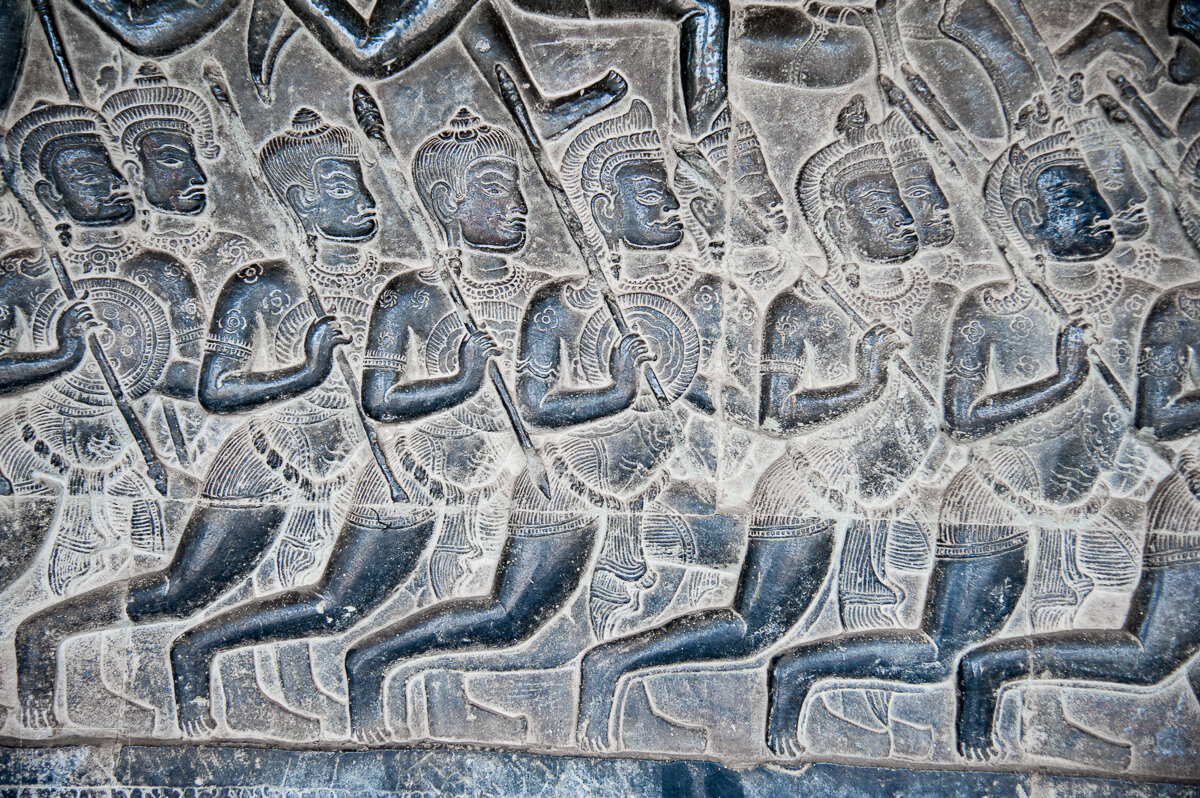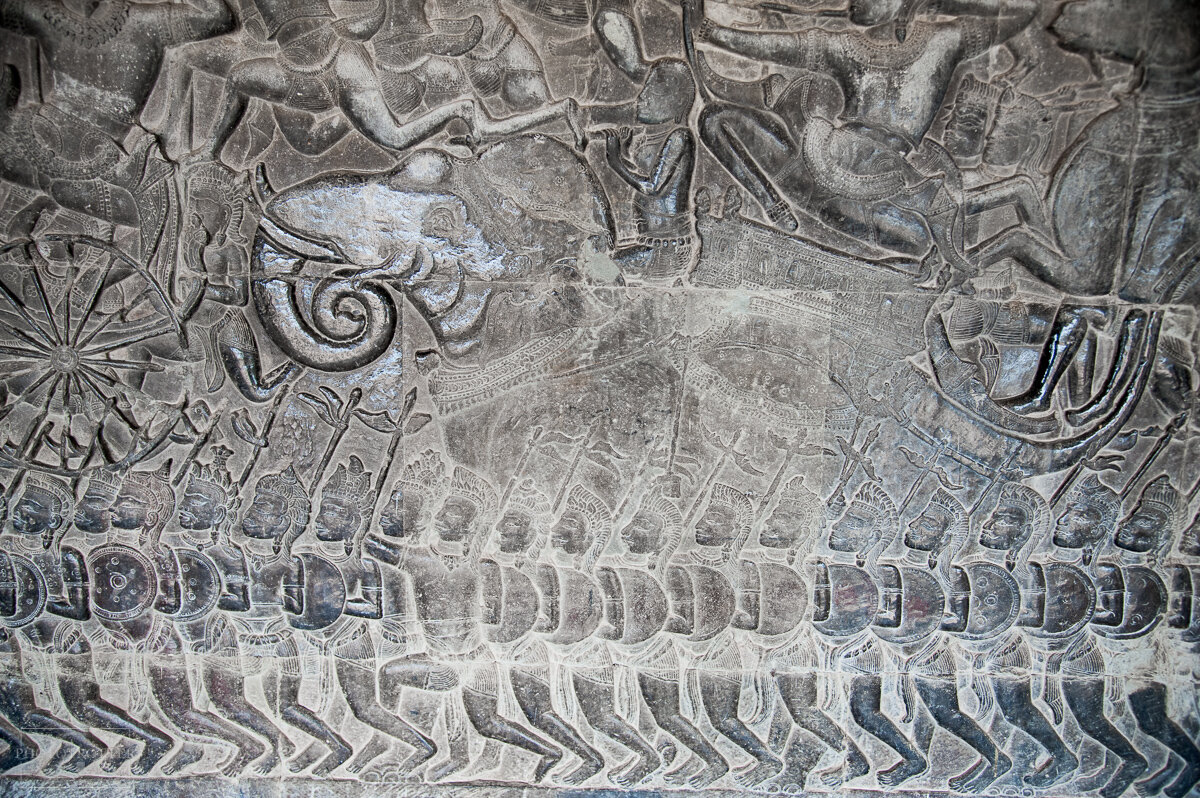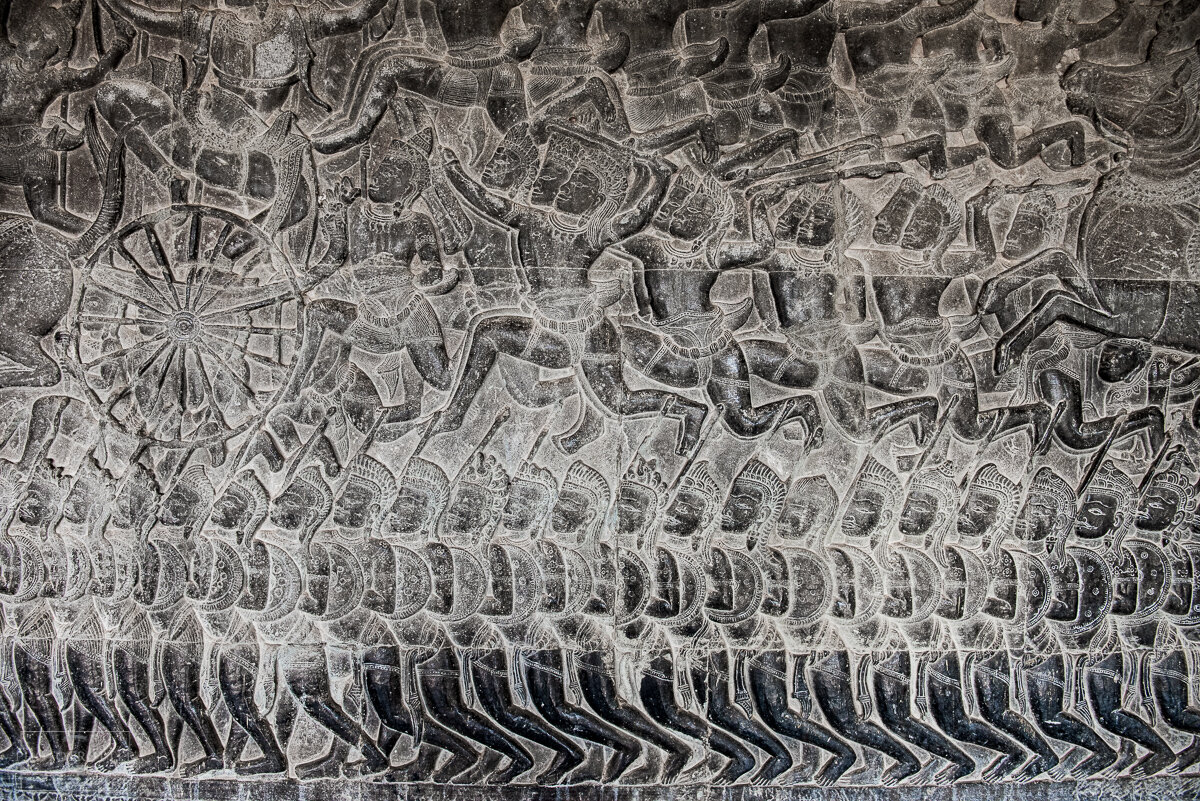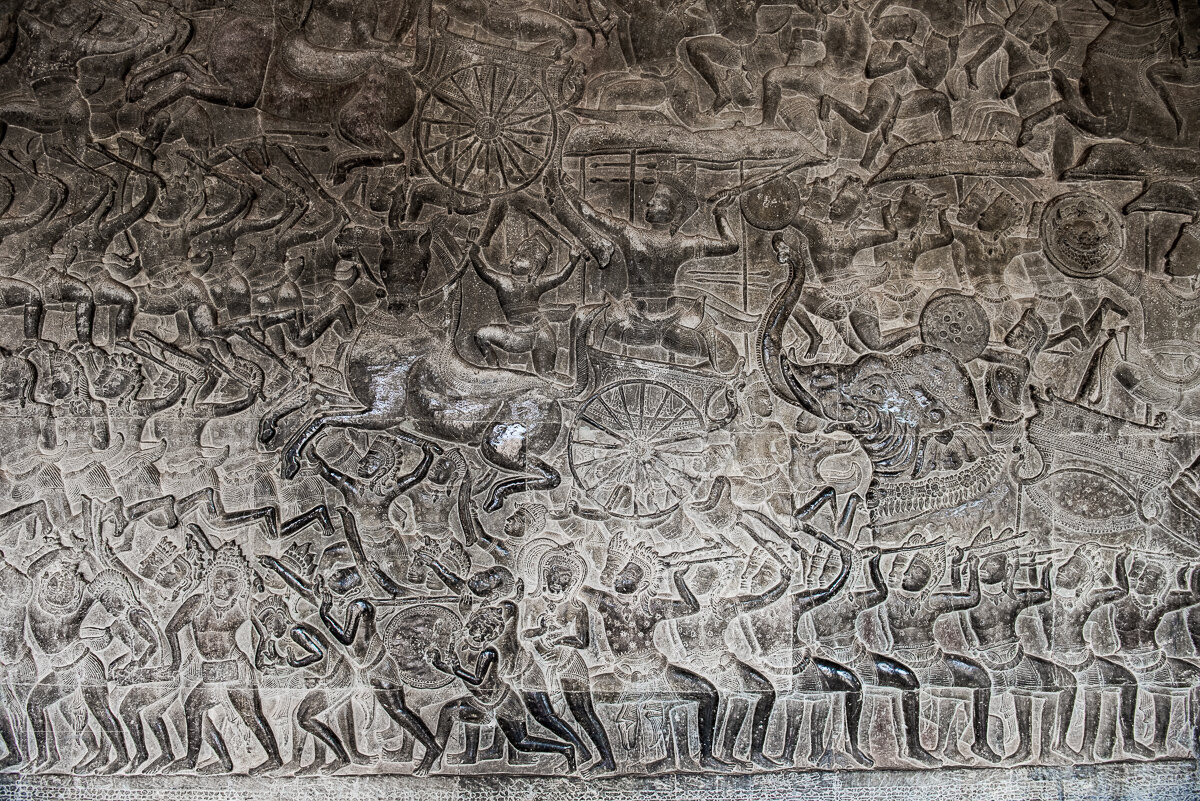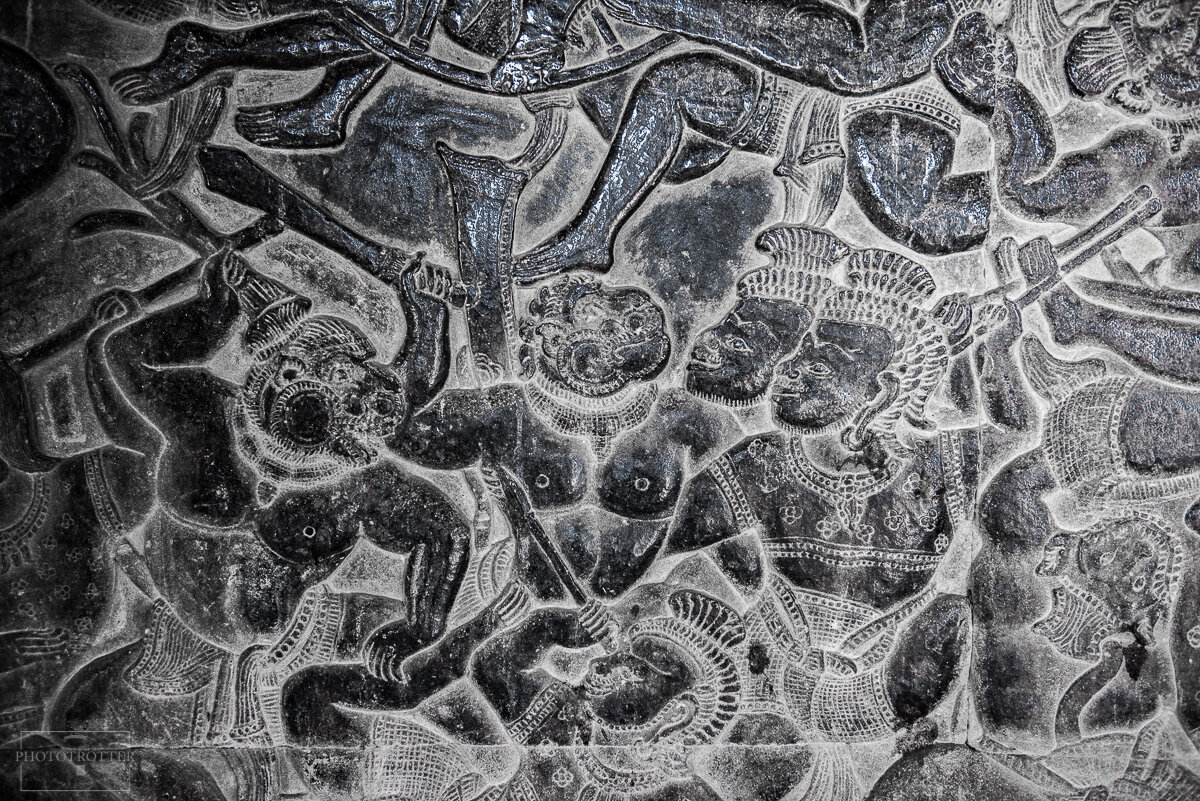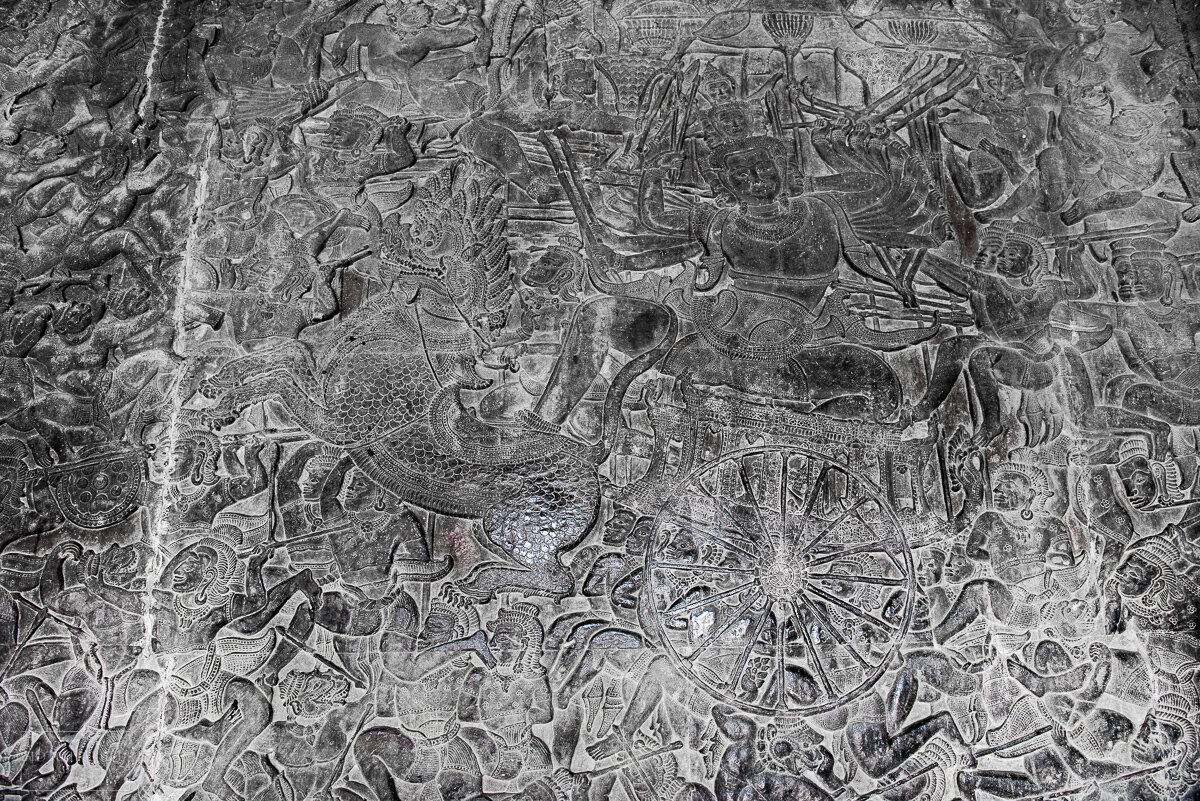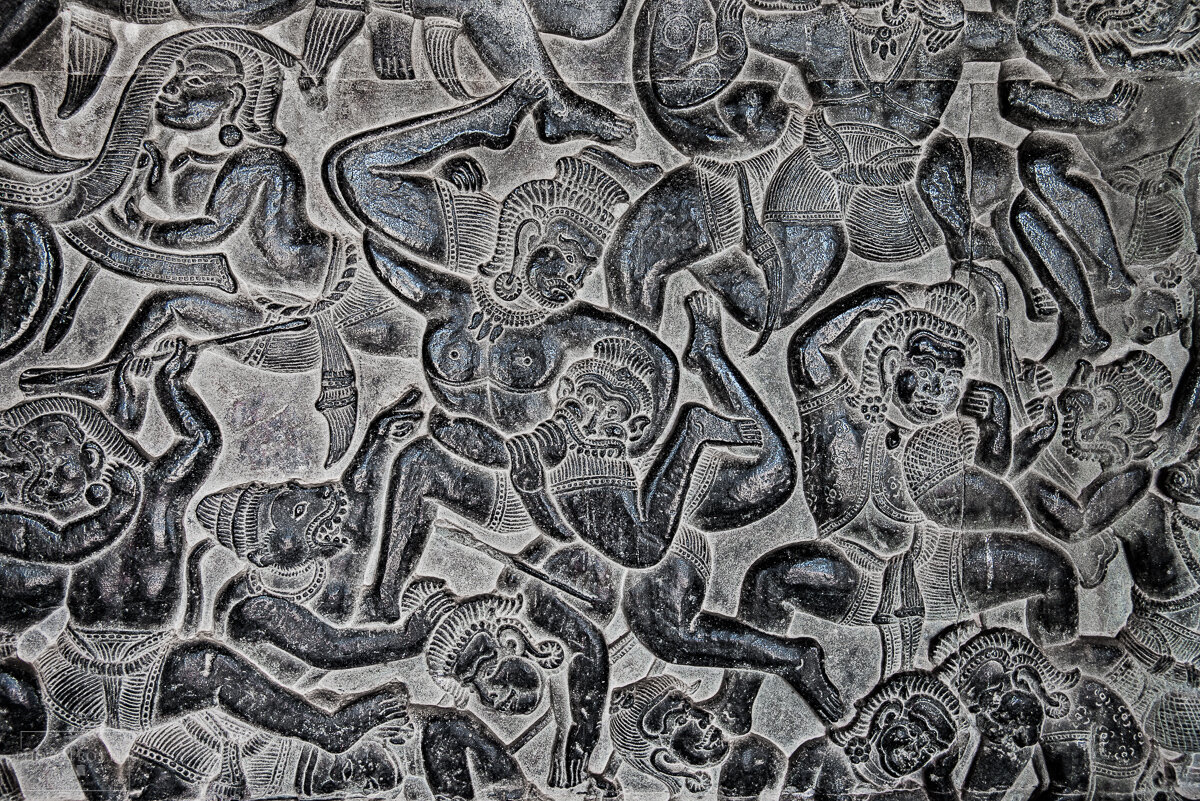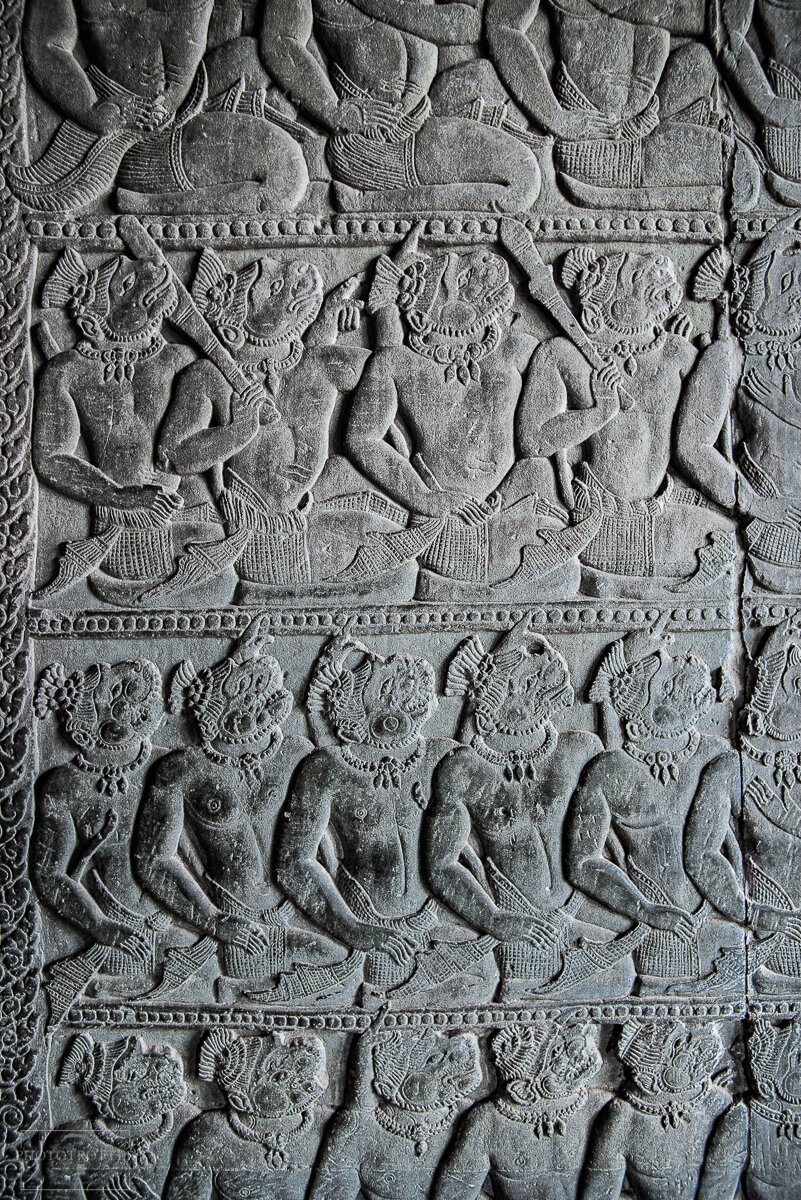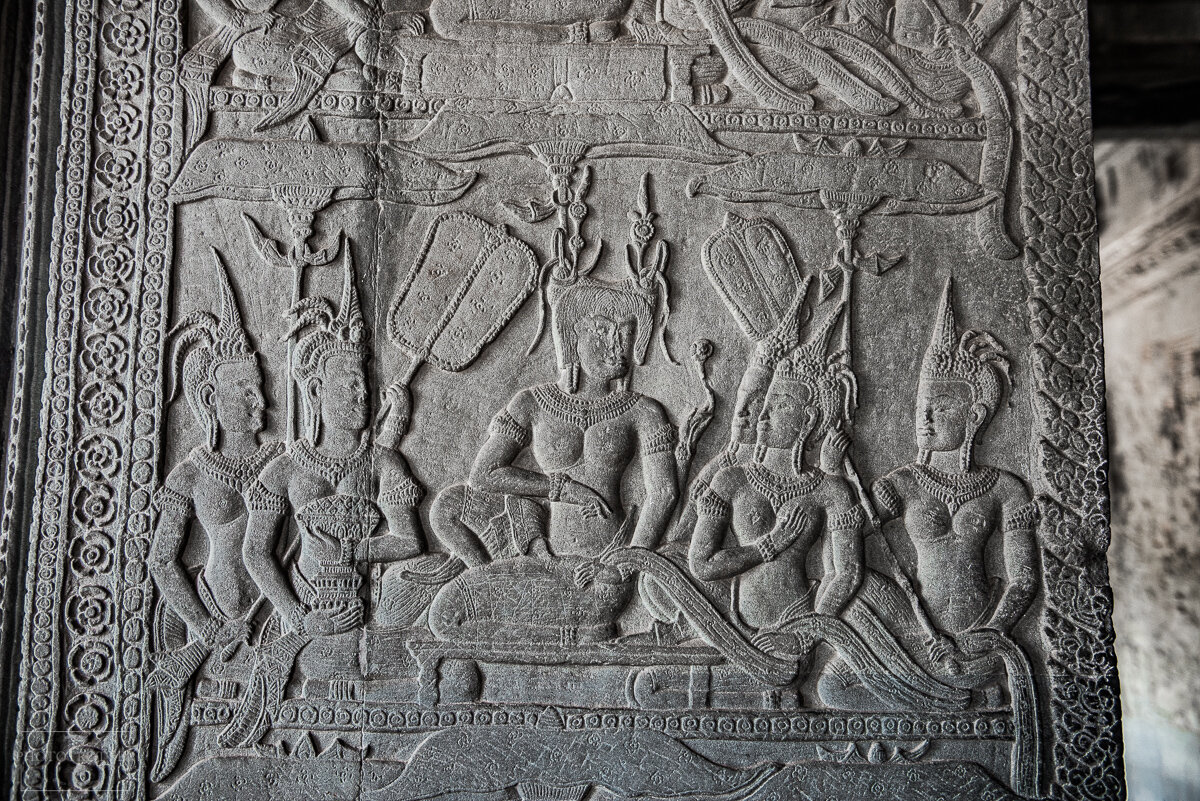Cambodia: Angkor Wat, the temple mountain
One of my favourite book series, when I was a kid, used to be Tarzan. And one of my favourite places in that world was the ruins of Opar, the lost “enchanted city of a dead and forgotten past.”
My couch-adventurous, romantically prone imagination envisioned a lush deep jungle, slowly swallowing the ancient ruins of a long-lost civilization, massive walls crumbling under the inexorable grip of the living lianas, abandoned temples of forgotten gods, shadows and whispers of antique ghosts.
Some decades later I saw it all in Angkor Wat, the City of Temples in Siem Reap, Cambodia.
I should actually refer to it as the temple complex at Angkor, Siem Reap, since it’s so many of them and Angkor Wat is only one, albeit the best known and the largest. It is actually the biggest religious structure in the world, spreading on almost 2 square km.
Nothing can prepare you for the overwhelming sight that Angkor Wat is. Not even Myanmar’s Bagan, from where we were just coming. The 2000+ Burmese temples spread on a 100 sqkm plain are a whole different encounter. No, Angkor is majestic and enigmatic, a stony unfathomable presence from afar, warming up and becoming alive with every step closer you take.
Like with any major landmark, the earlier you go to visit, the emptier it will be. Or will it?
*buzzer sound Wrong!
Unfortunately the most popular time at Angkor is the sunrise. Just google it. All the people that you don’t necessarily see in the daytime because they’re spread on an area the size of a metropolis are now huddled against one another to see… well… most likely an unspectacular sunrise. Unless it’s the spring equinox, when the sun pops up and rises exactly on top of the highest peak of Angkor Wat.
This is not a crowd. This is not a morning either, because imho the light is so much better in the afternoon.
Now that we got that off our chest and onto our memory cards, we could sleepily proceed to see the main attraction, the Angkor Wat temple.
Built some 9-10 centuries years ago, in a time when the main religion used to be Hinduism (with a touch of Mahayana Buddhism), it was a grand temple dedicated to Lord Vishnu.
Its profile is reminiscent of a lotus bouquet, and the central taller prang symbolizes the peak of the sacred mountain (Su)Meru, the legendary home of the Hindu gods at the edge of the world, while the moat around it would be the ocean.
But until you reach the uppermost point (where only high priests and the king could once go), you will pass through the concentric squares and inner yards drawn by the cruciform galleries and gape in disbelief and awe at the carvings which decorate almost every square centimeter of the walls and the pillars.
Some motifs are floral, there is a great deal of the famous Apsaras, the dancers, and then there’s the extremely large and unbelievably detailed bas reliefs depicting scenes from mythology, Indian epics and sacred books. In your counter-clockwise circumambulation you will gaze at cosmogonies, monkey armies (Vanaras), dancing spirits, demon armies (Asuras), mythological animals and many-limbed gods. All carved in stone – sandstone to be precise, brought most likely by water canals from the quarries, some 40km away.
Lord Vishnu’s new threads
Buddha’s eternal slumber
This is a gopura, a (usually monumental) entrance. Temples have such portals between communicating yards towards the cardinal points.
That is not the rising sun, but a hot air balloon. The main entrance is unusually oriented towards the west, not east, which led to the claim that maybe the Angkor Wat temple had funerary purposes. That theory could be also supported by the sinistral order of the bas-reliefs and their stories, and by the fact that in the top chamber they found something resembling an urn.
The steep stairs towards the top chamber theoretically serve as a reminder of how hard it is to reach the kingdom of heaven. Others claim they were purposely done like this to make sure that you would only climb it respectfully and crawling on your hands and knees.
Looks like turned wood pillars, but it’s stone.
900 years old stone
Go check out many more photos in the gallery: Angkor Wat, Cambodia
For a quick preview just click through the slideshow below:
